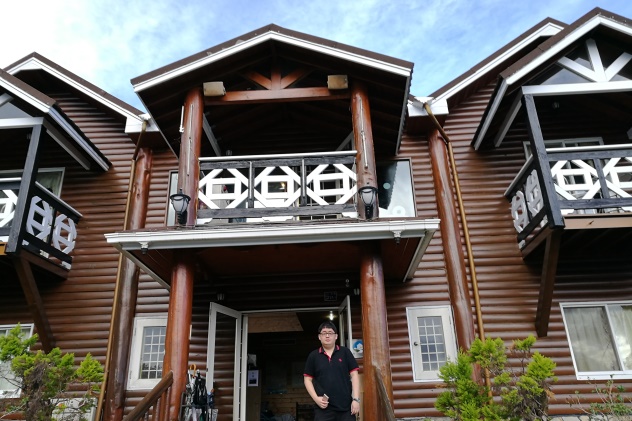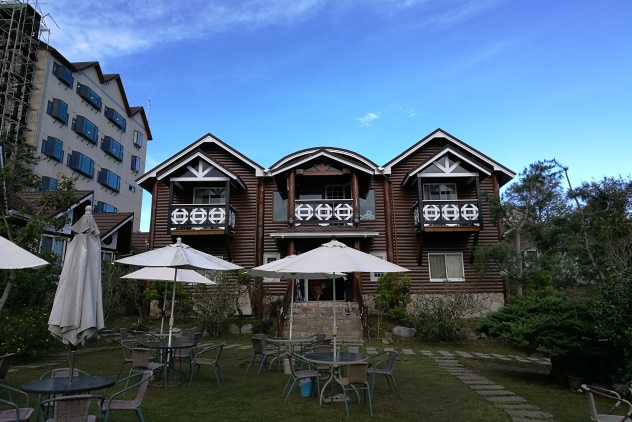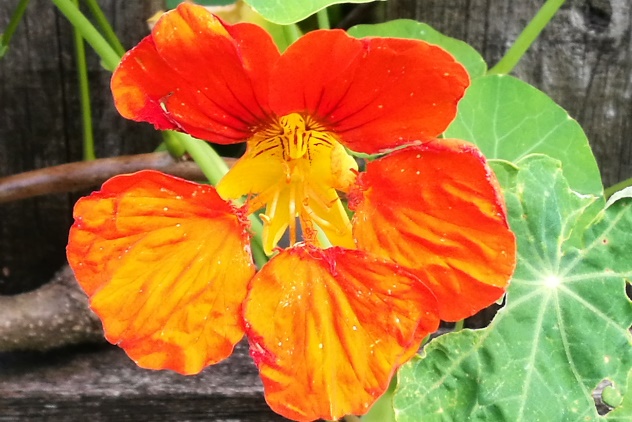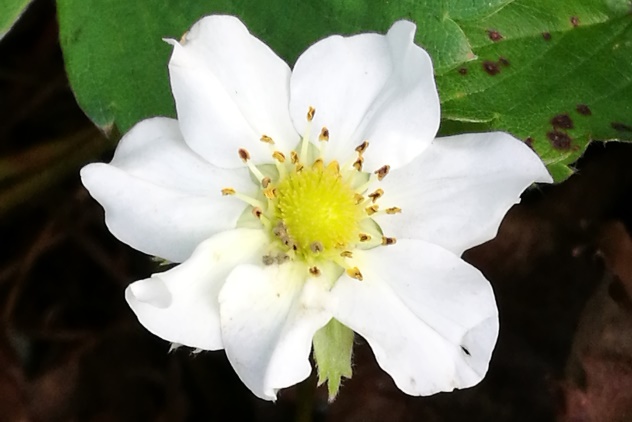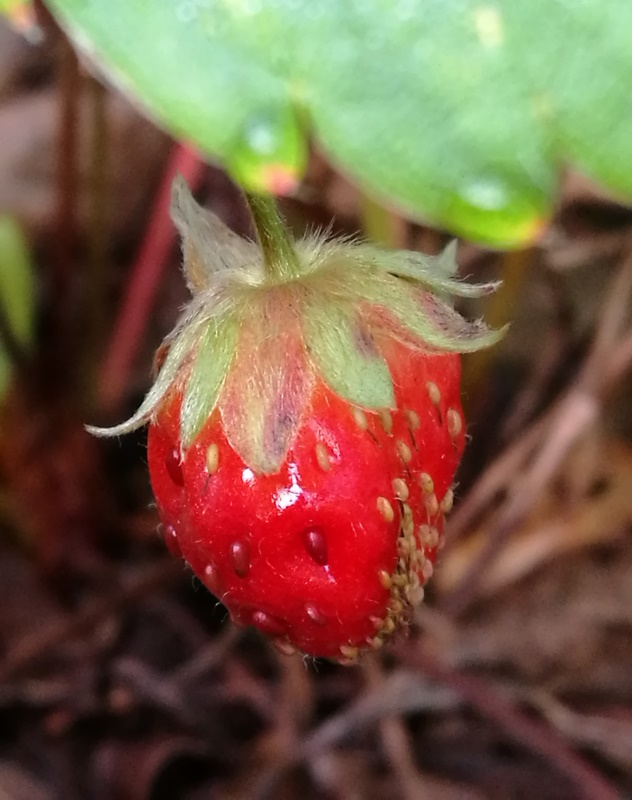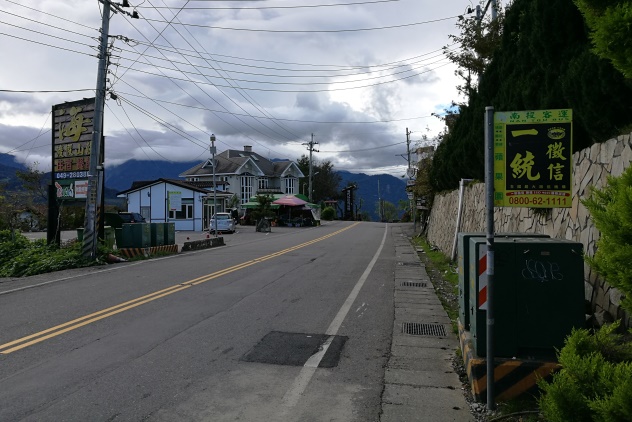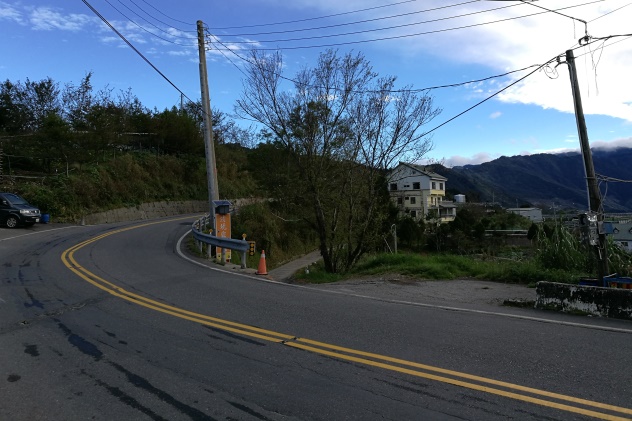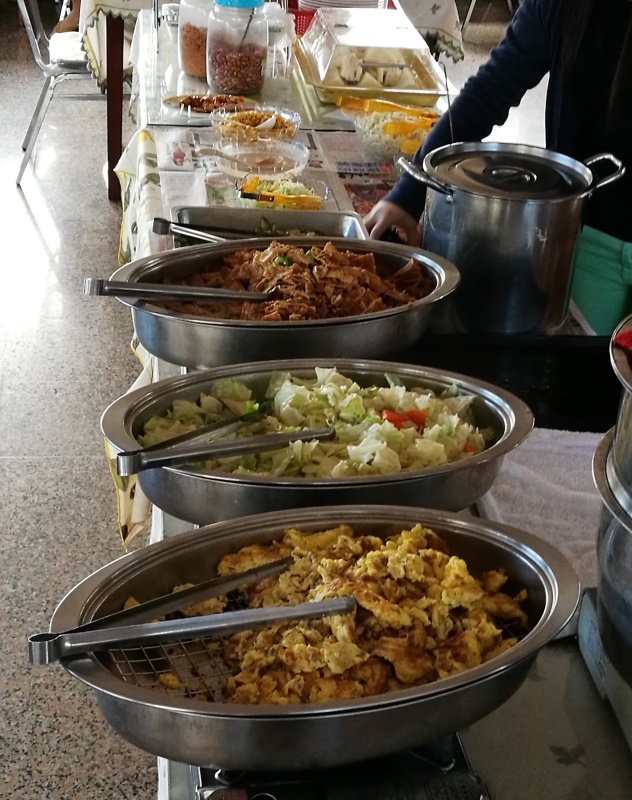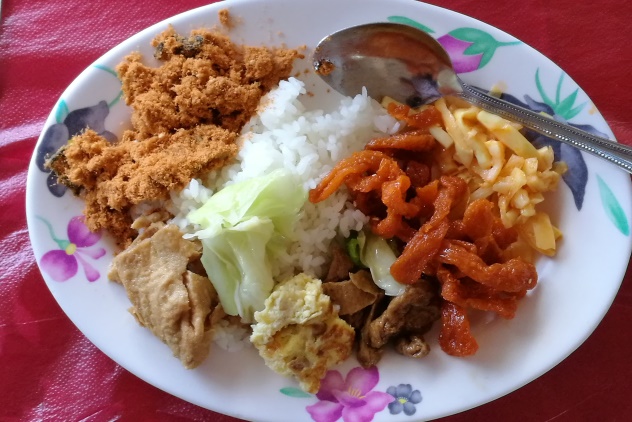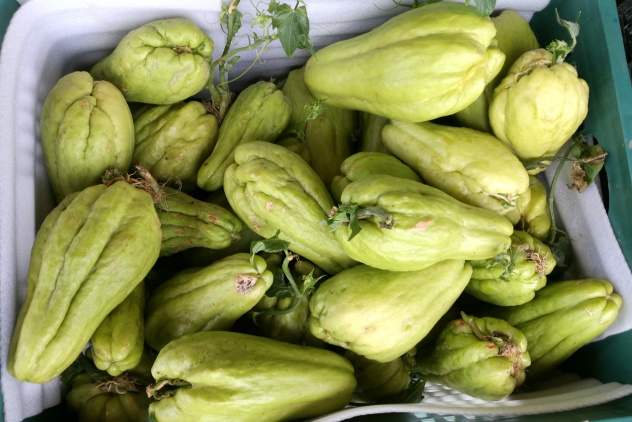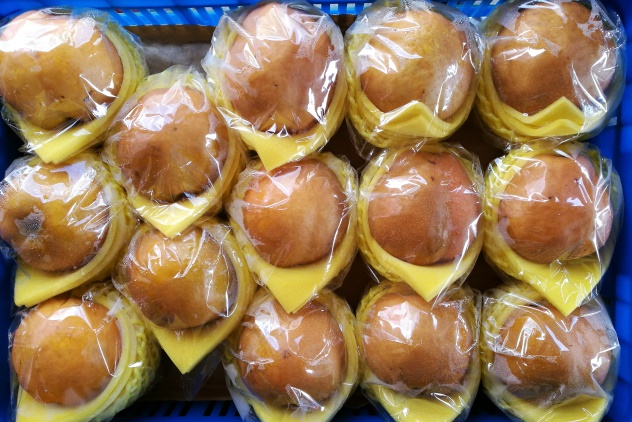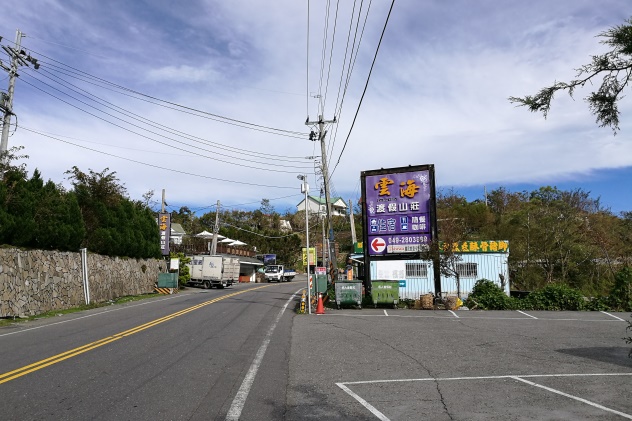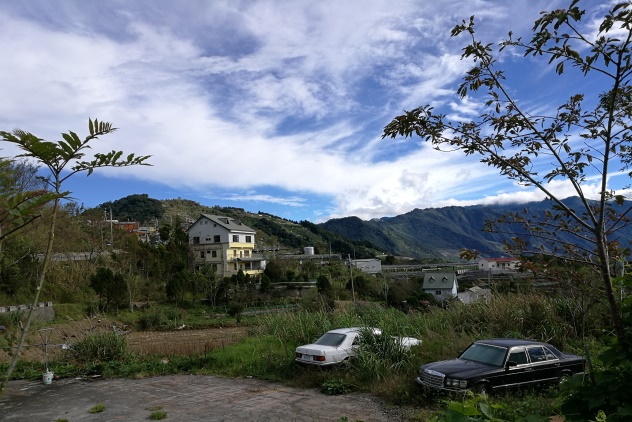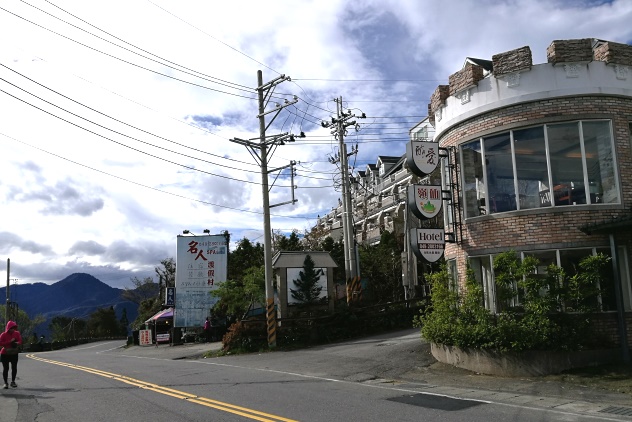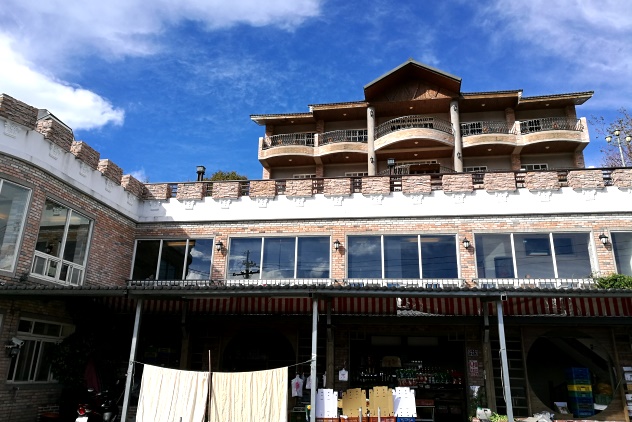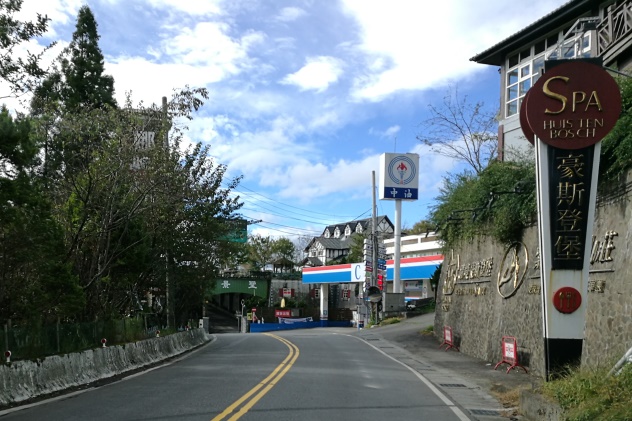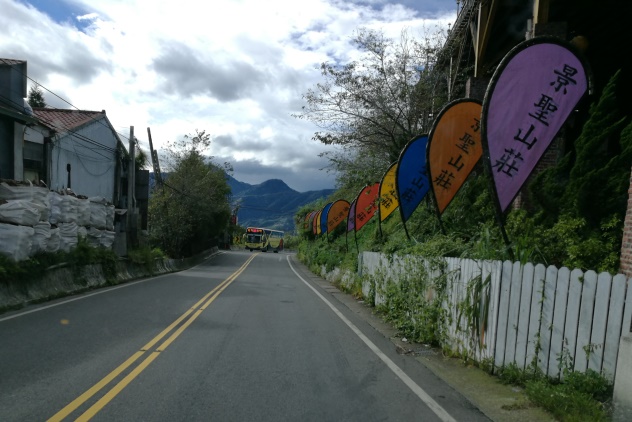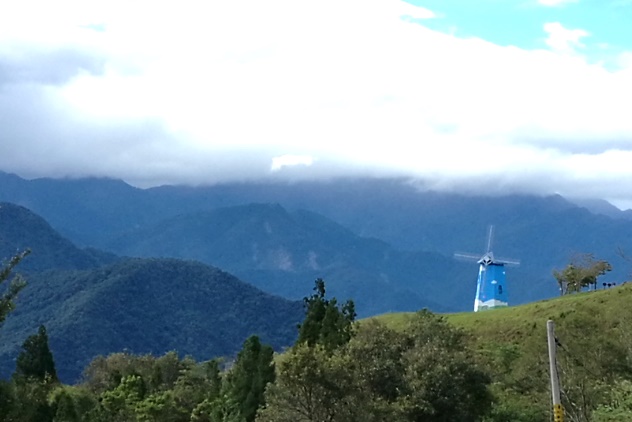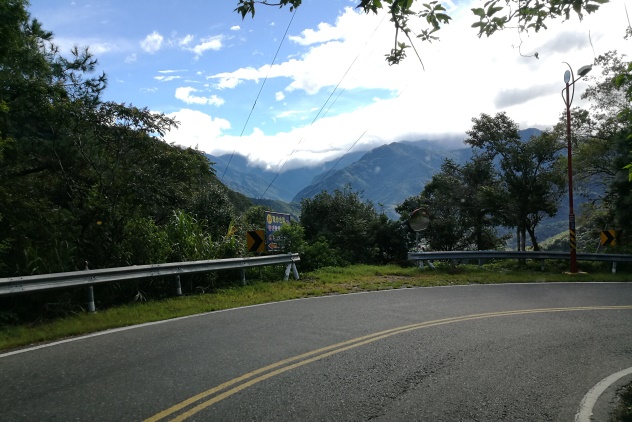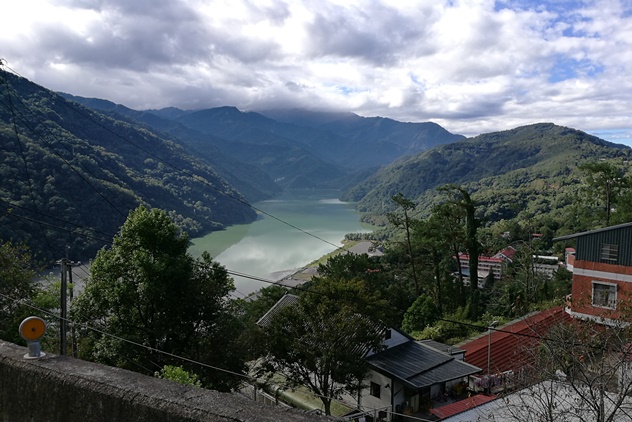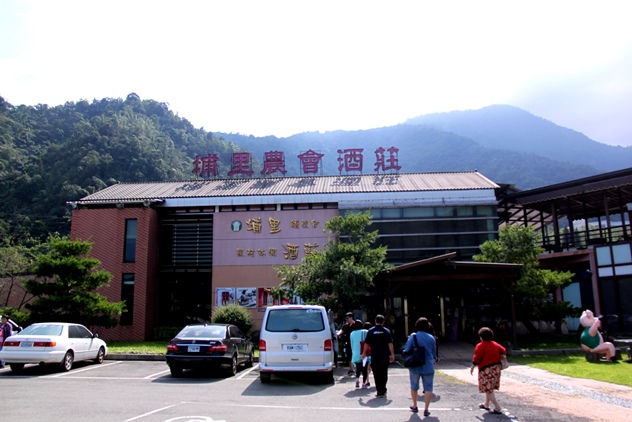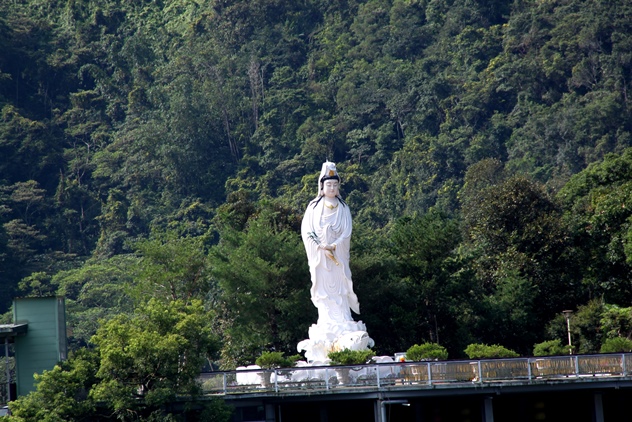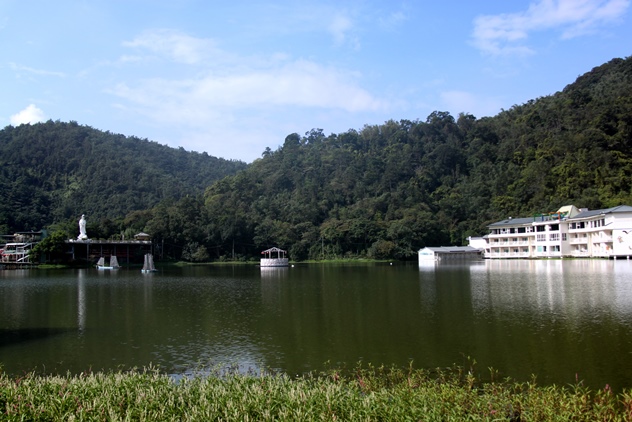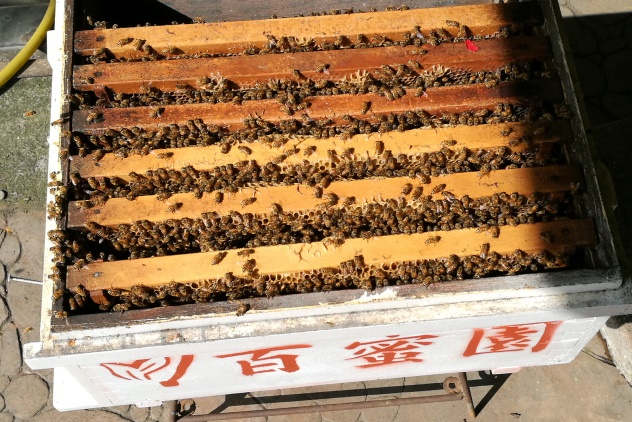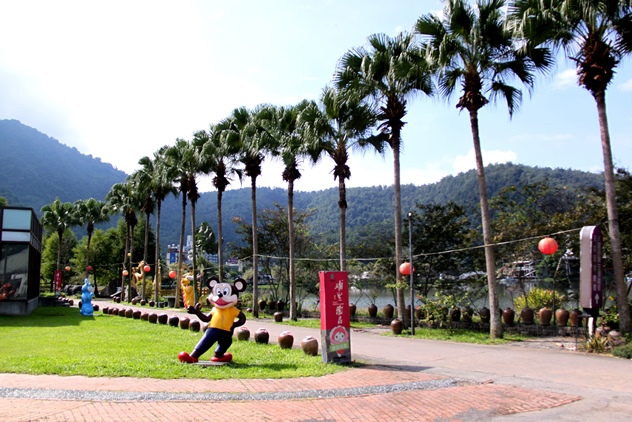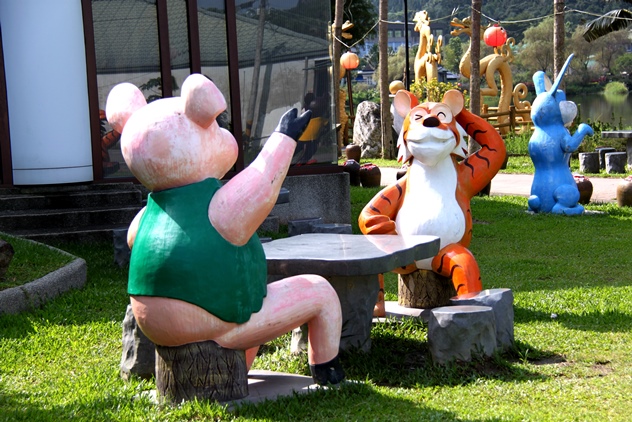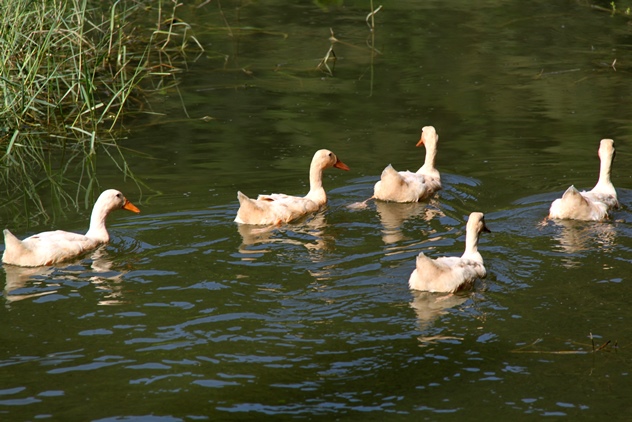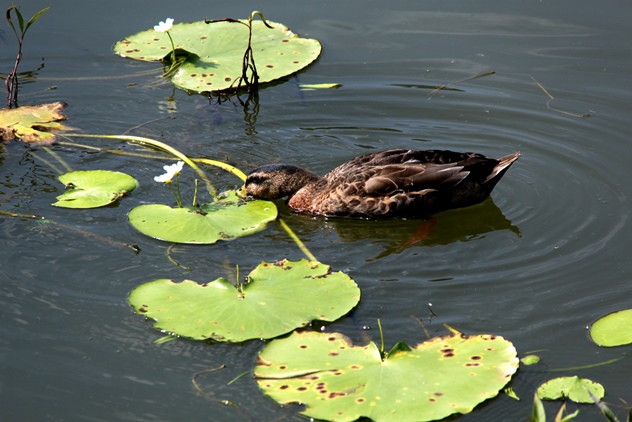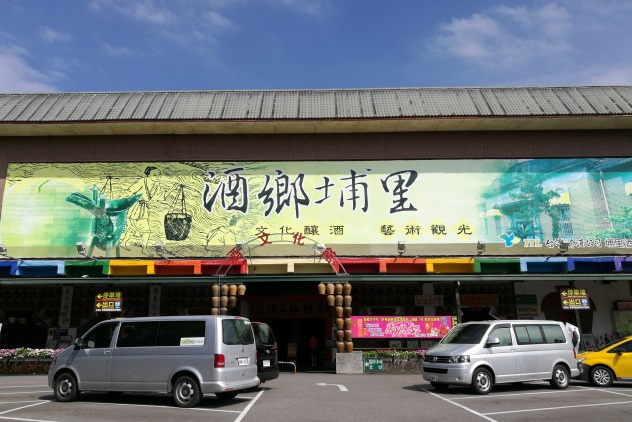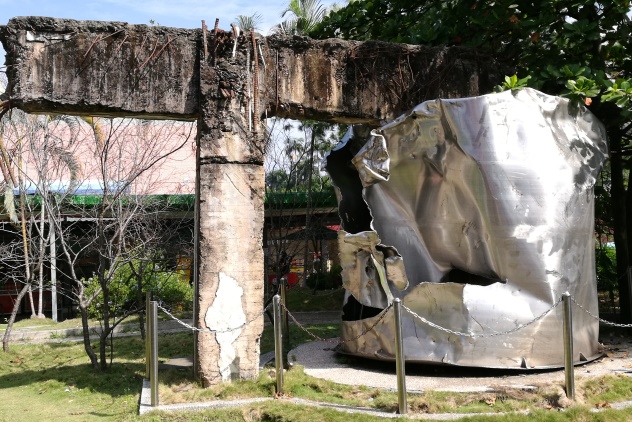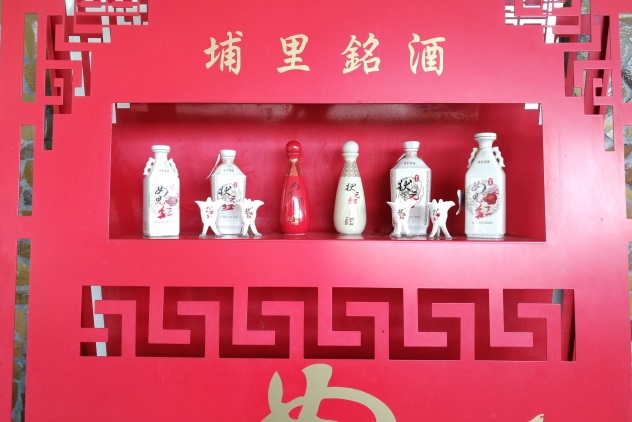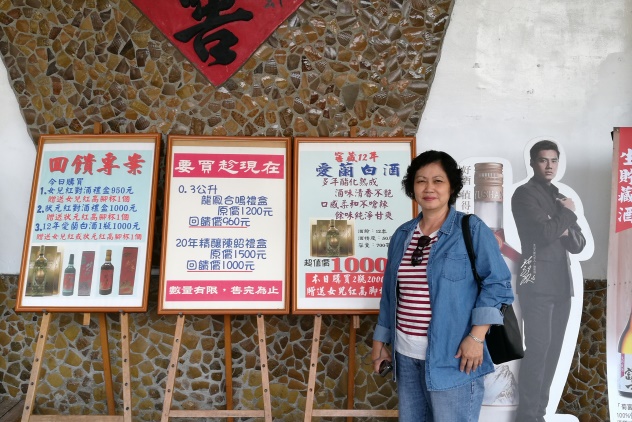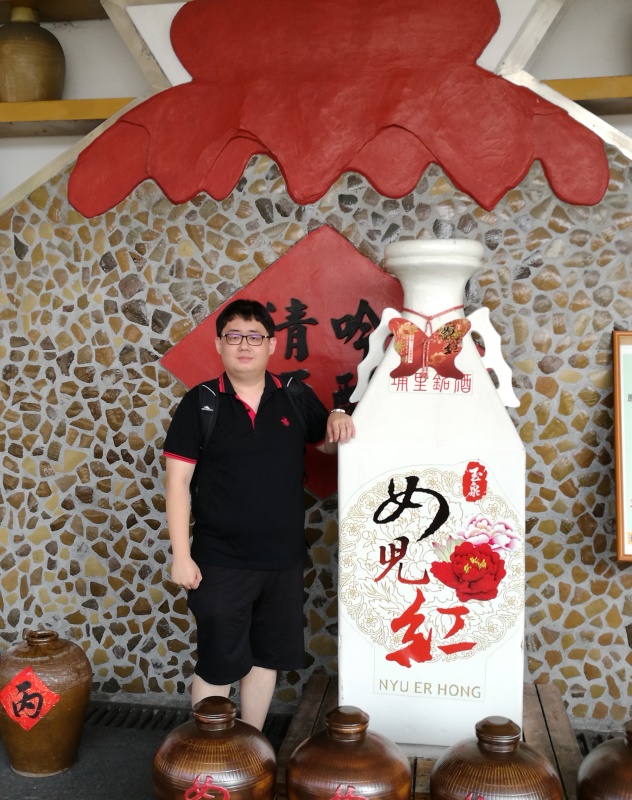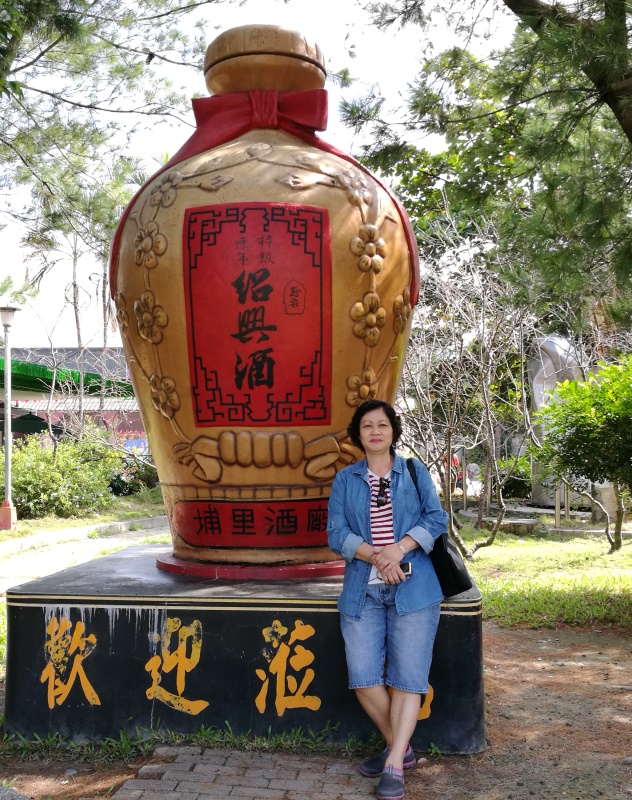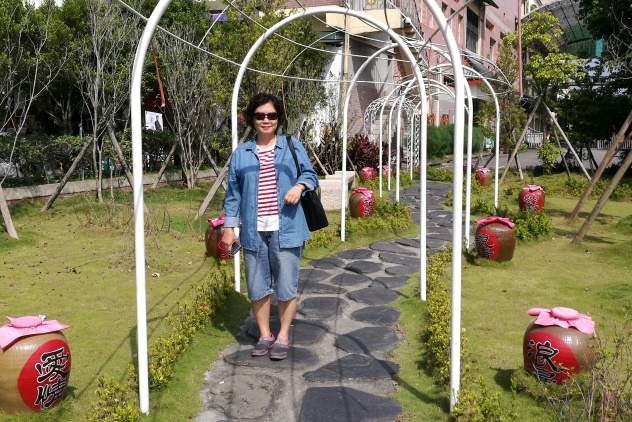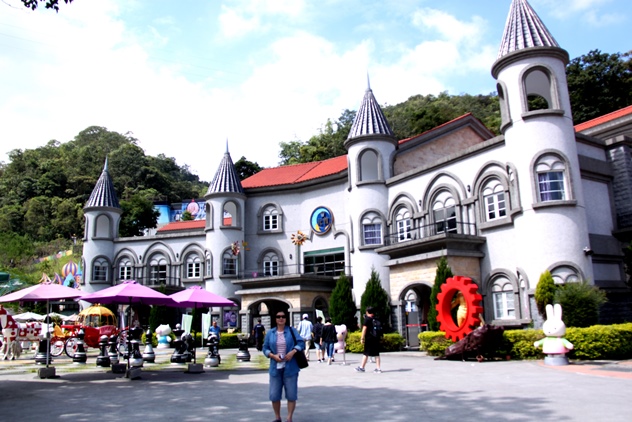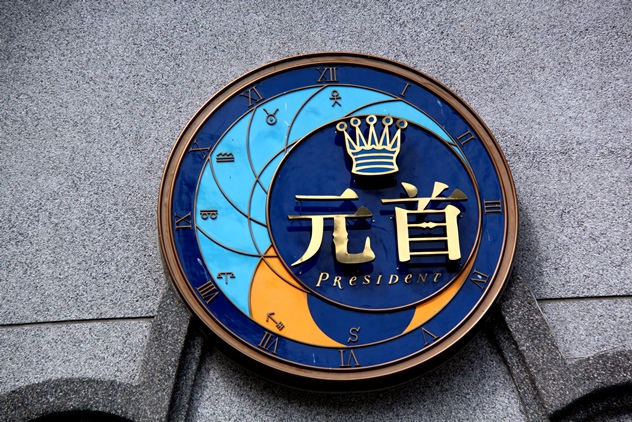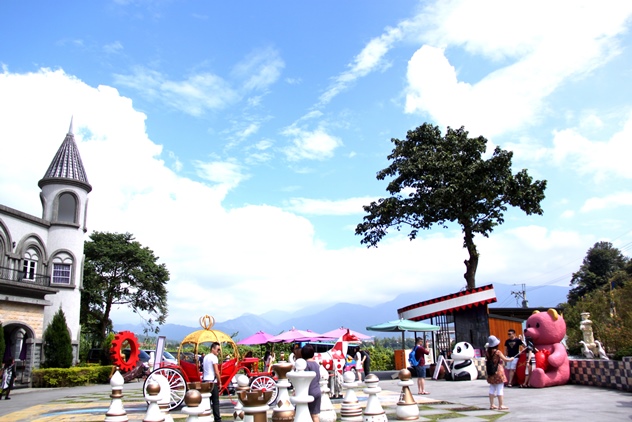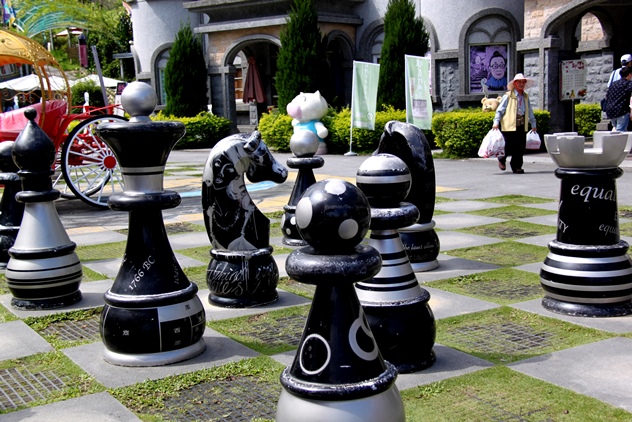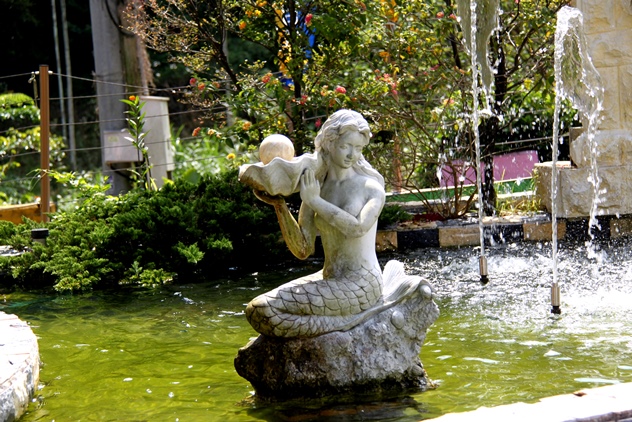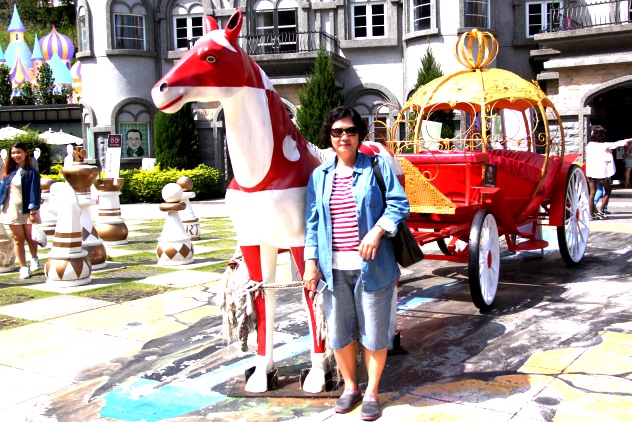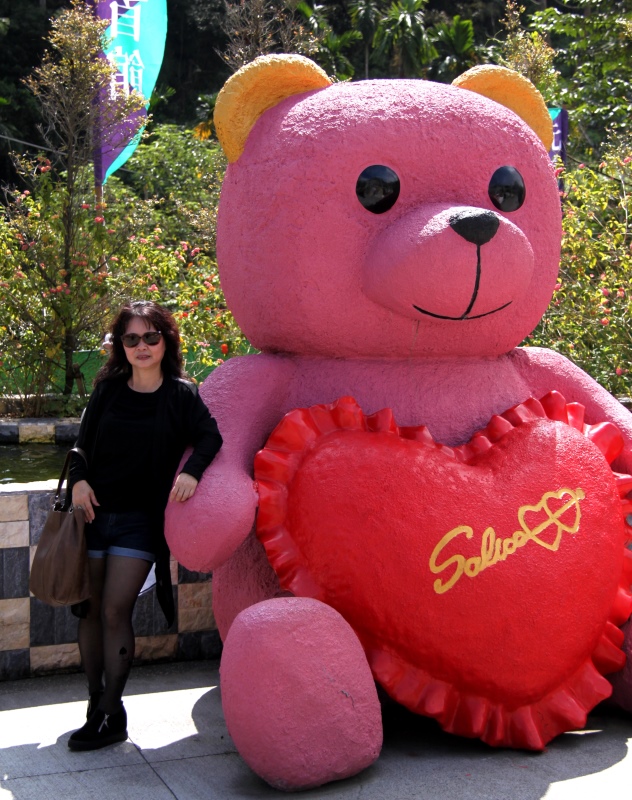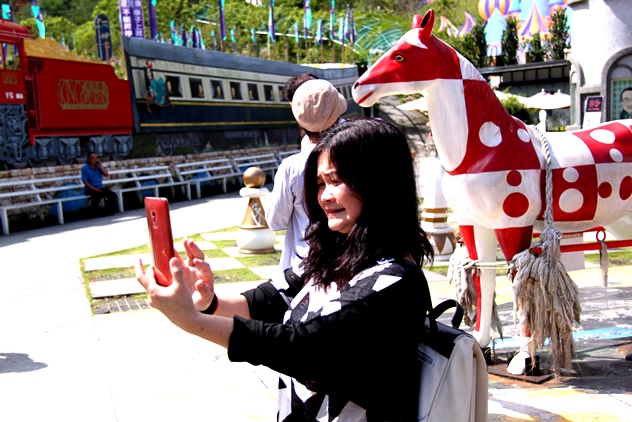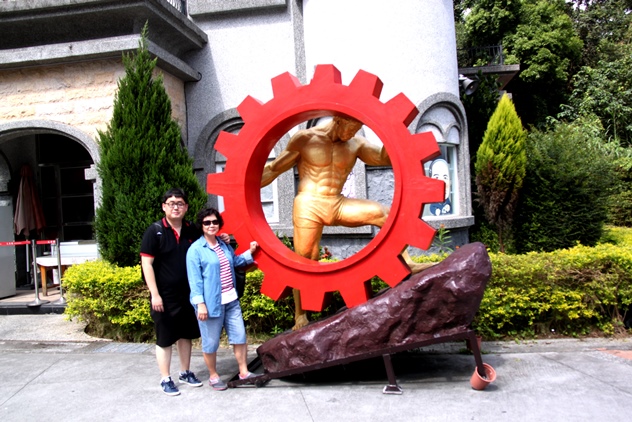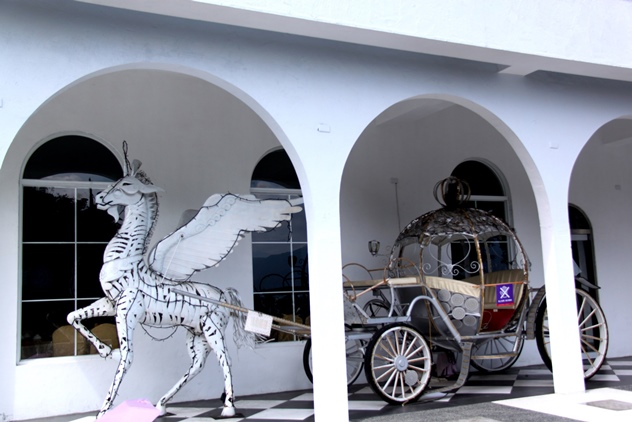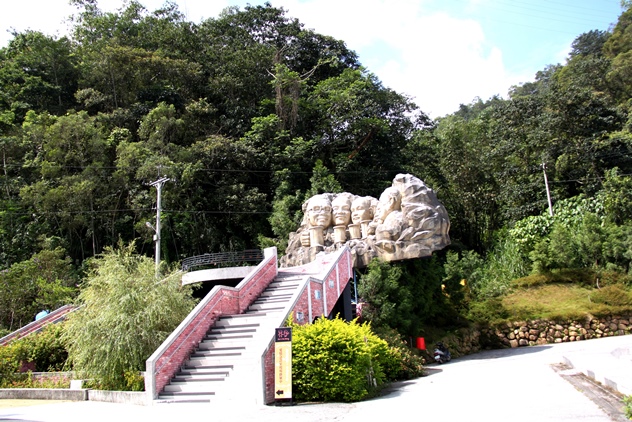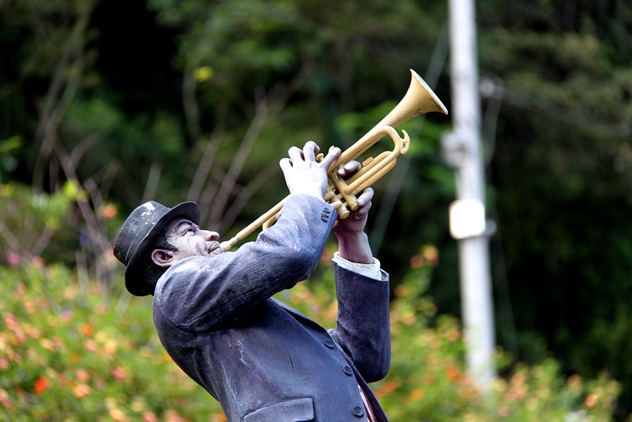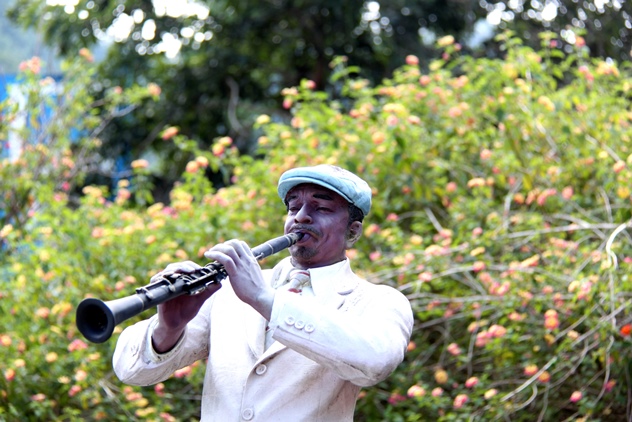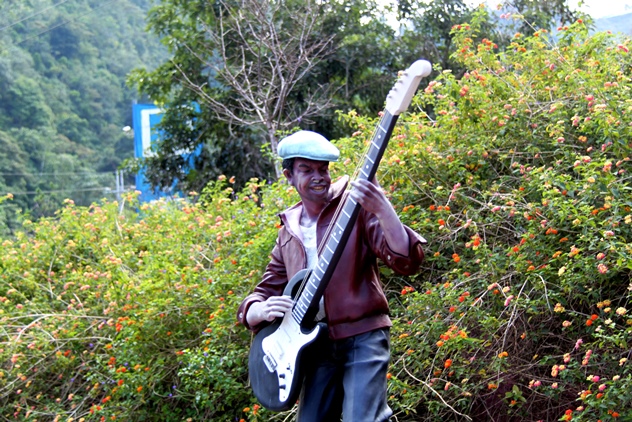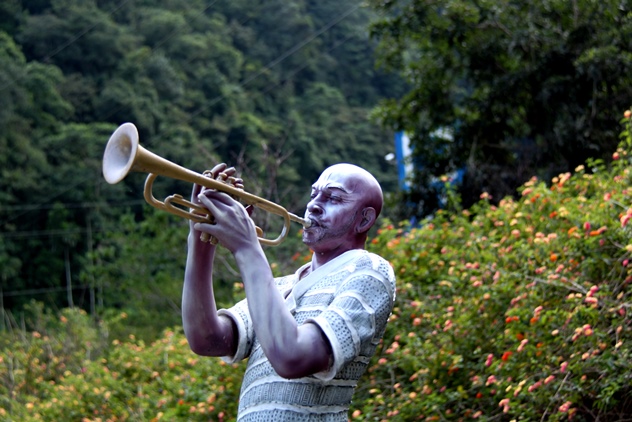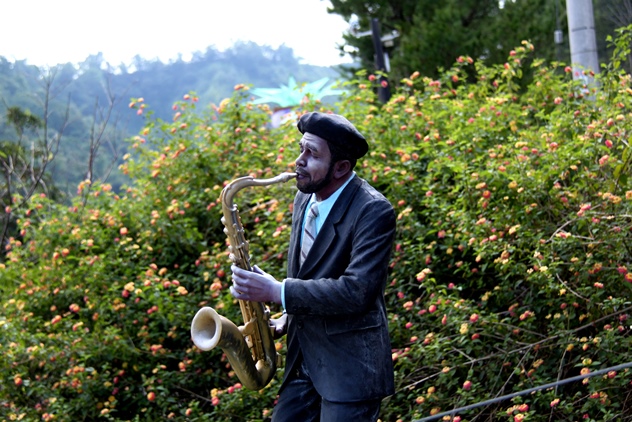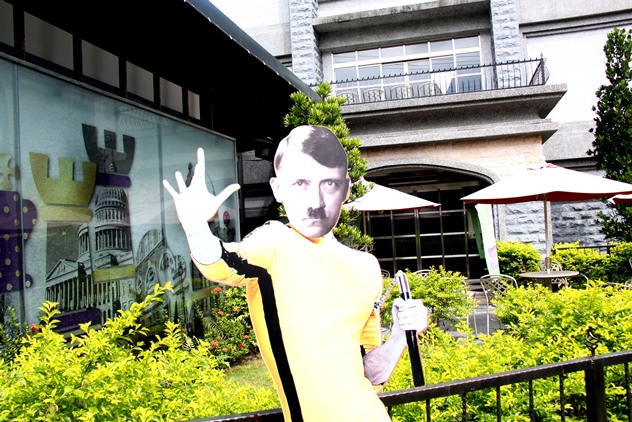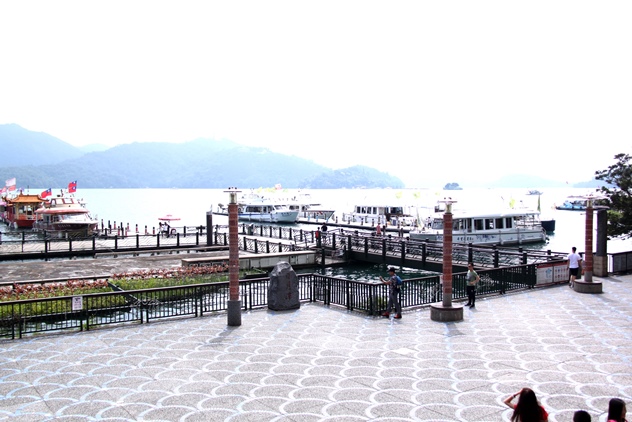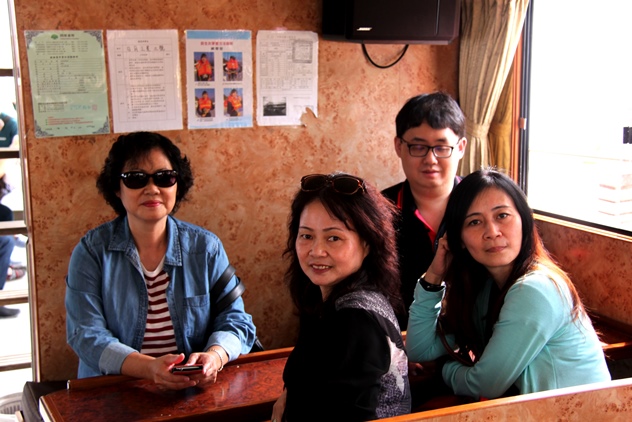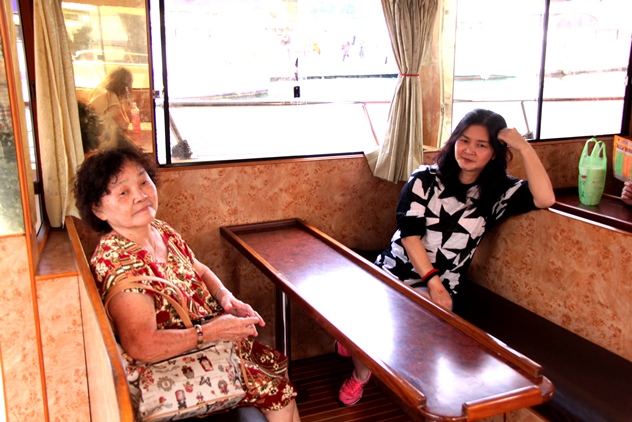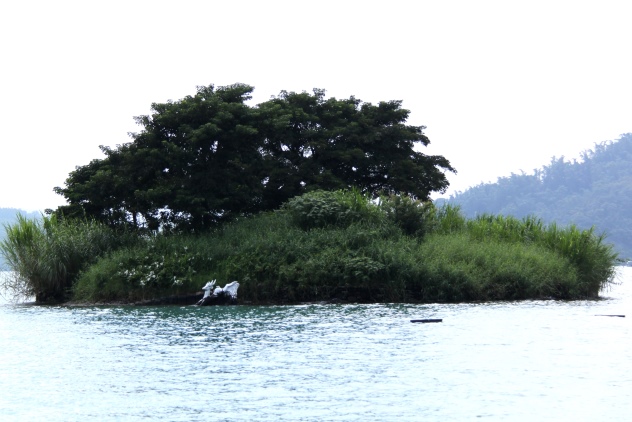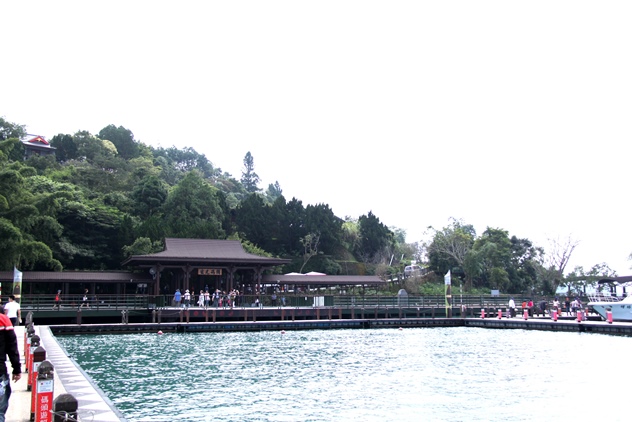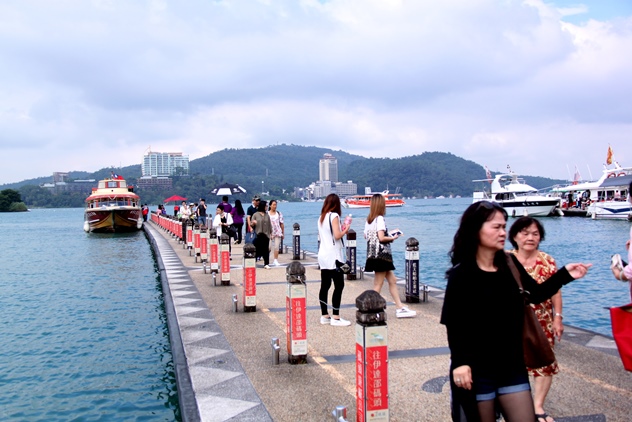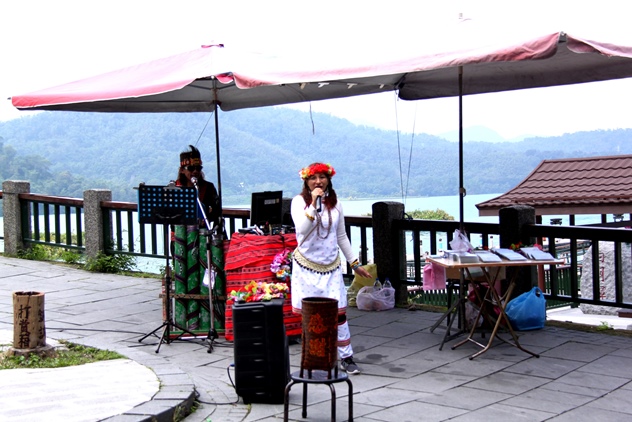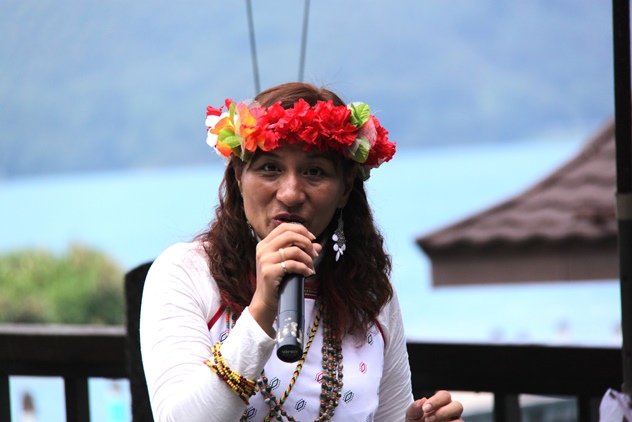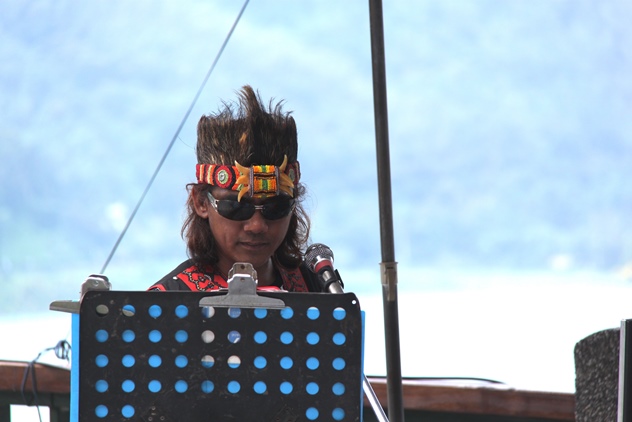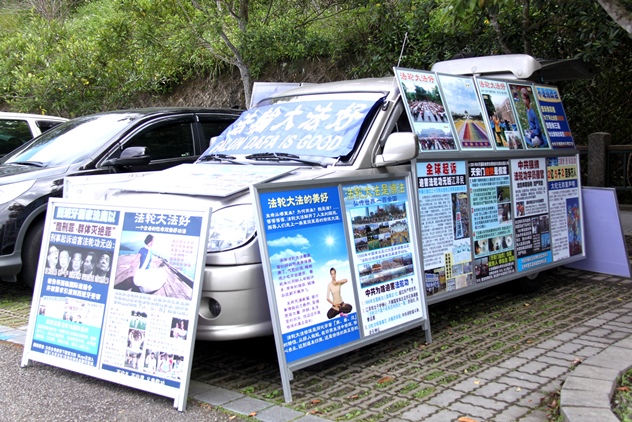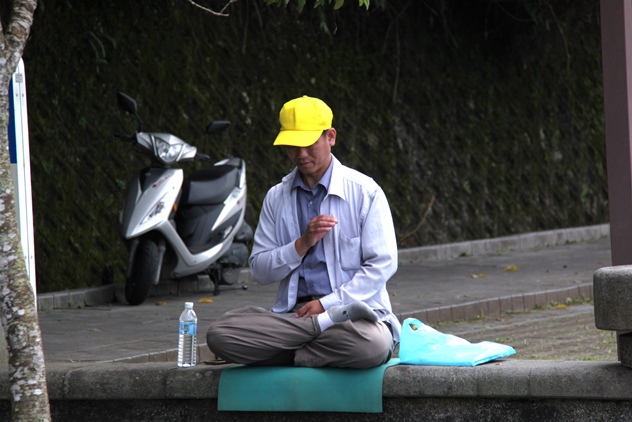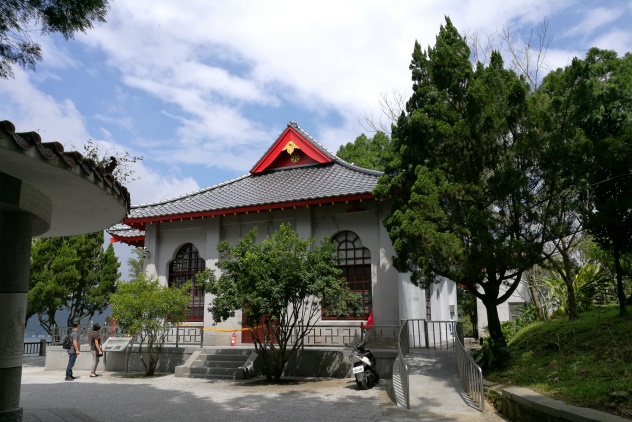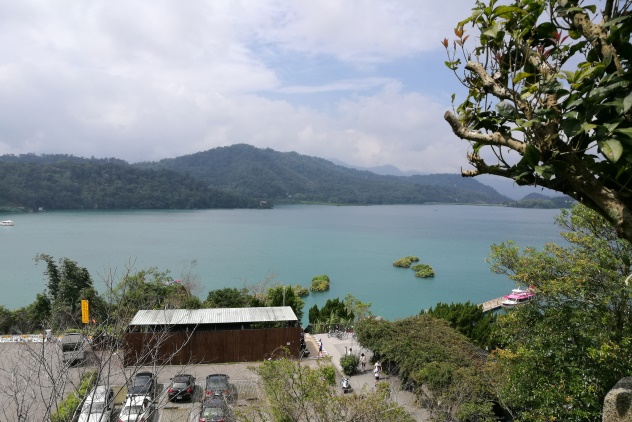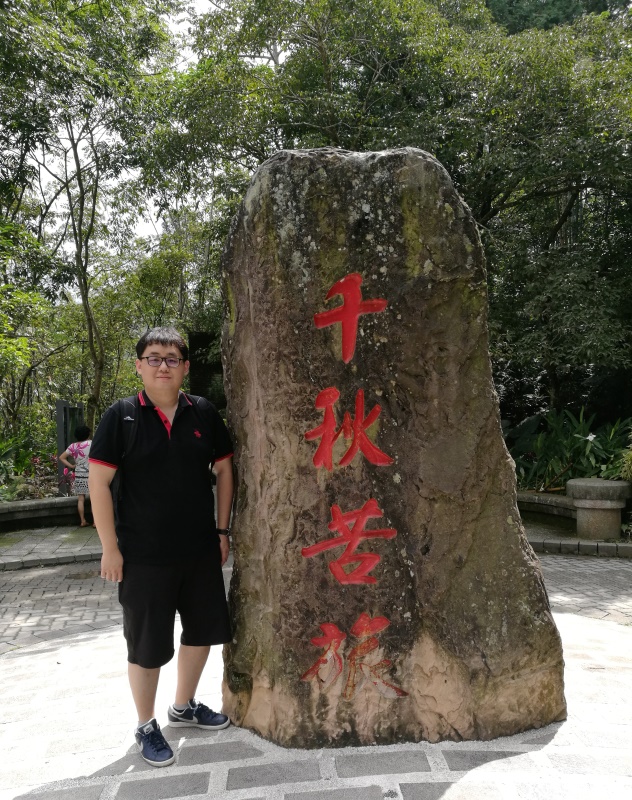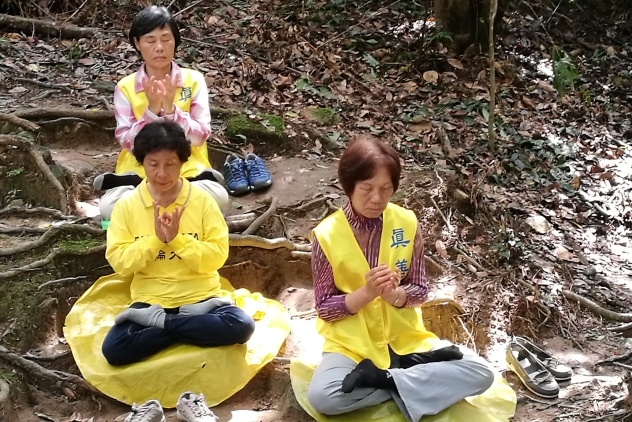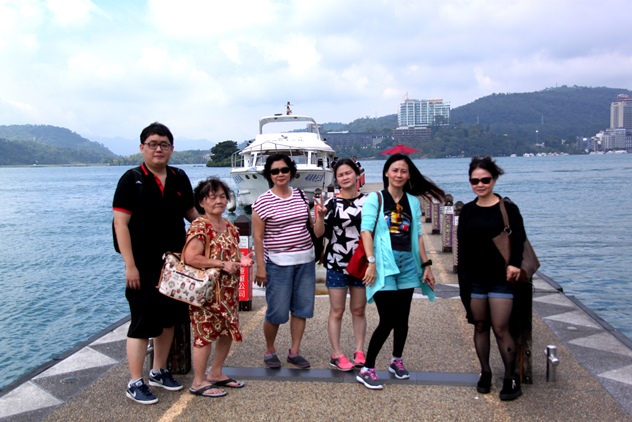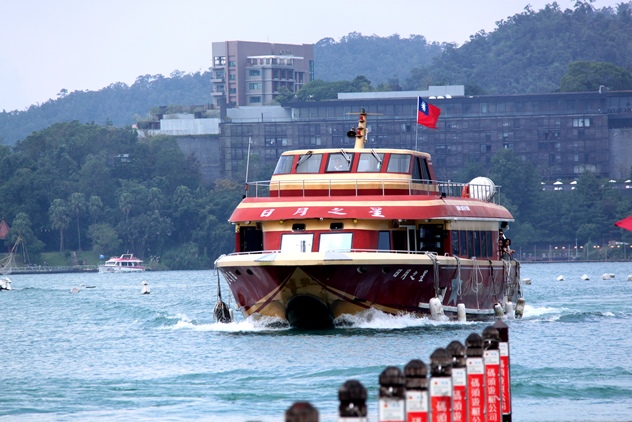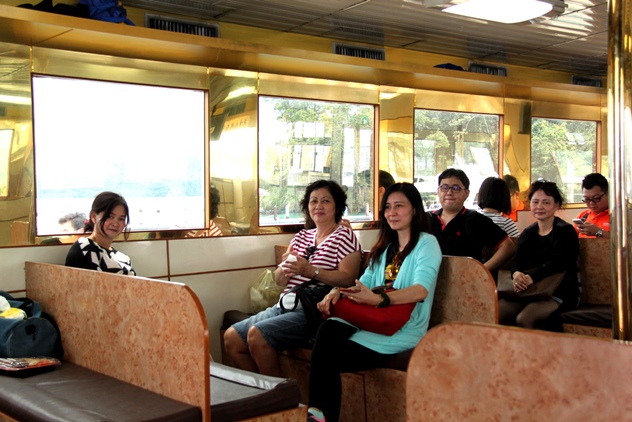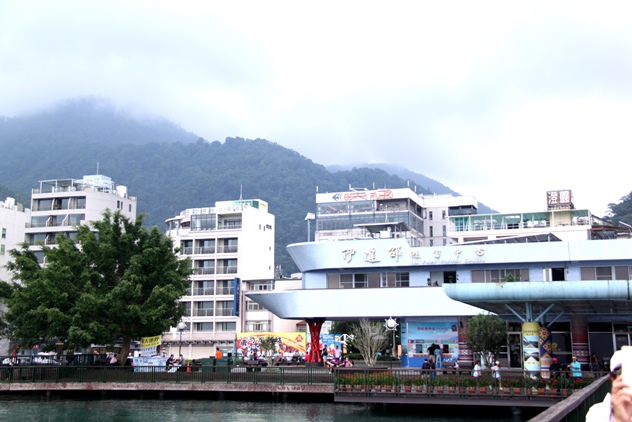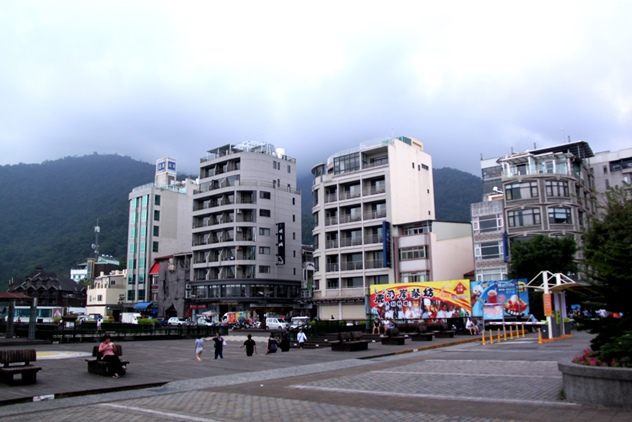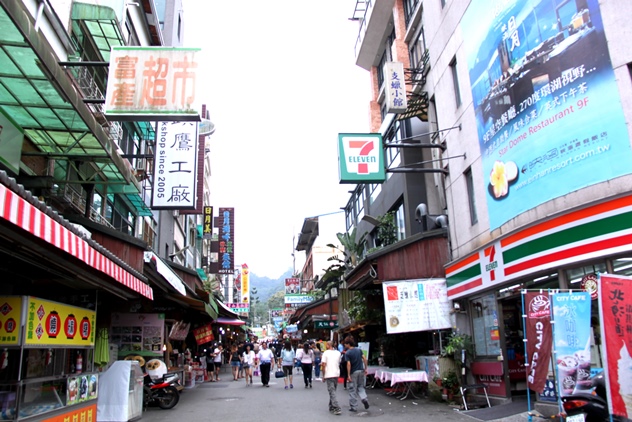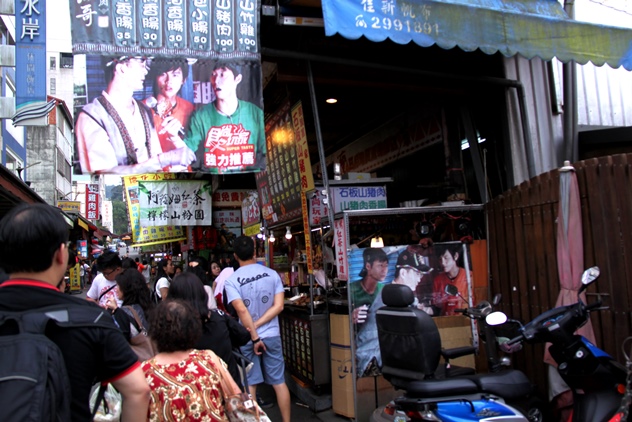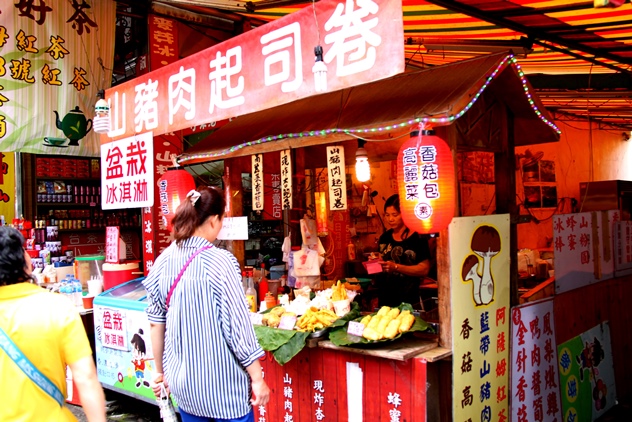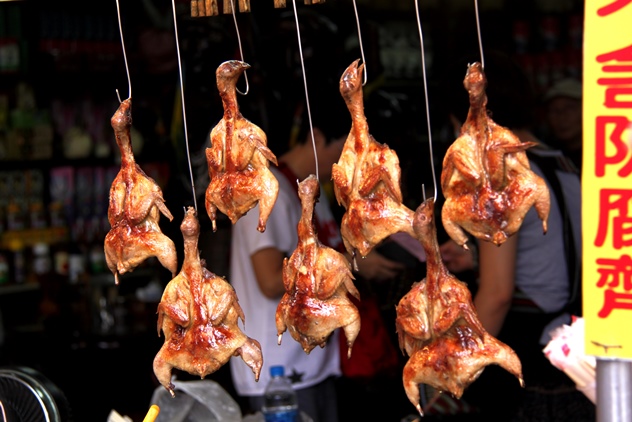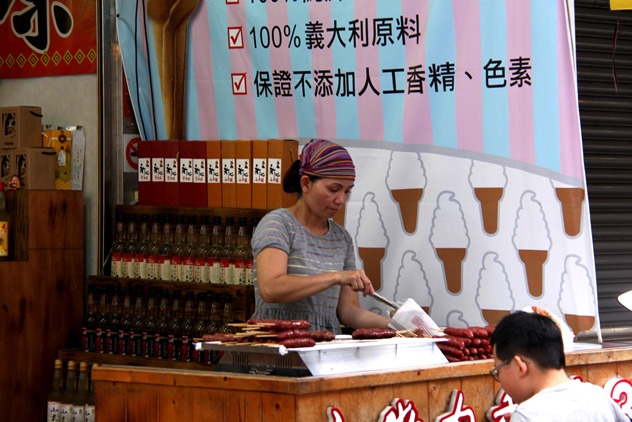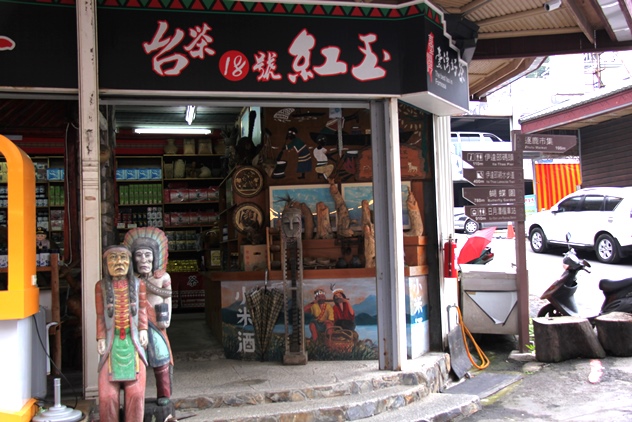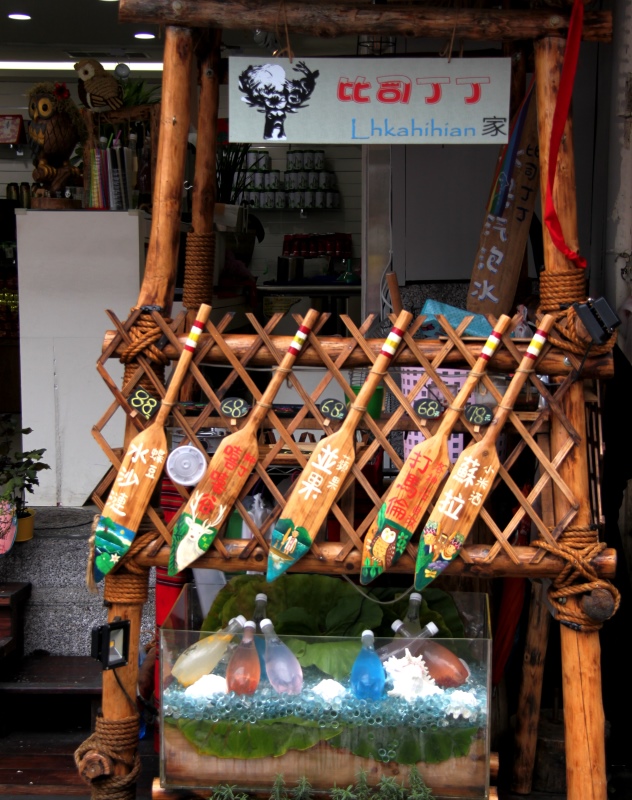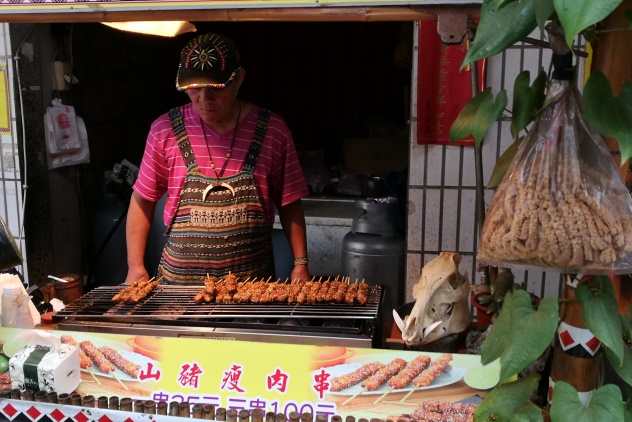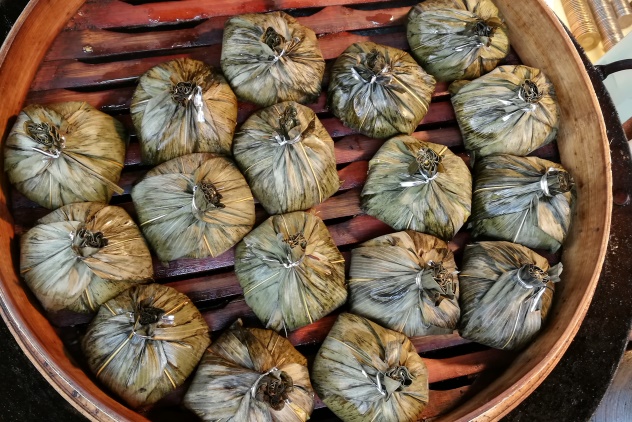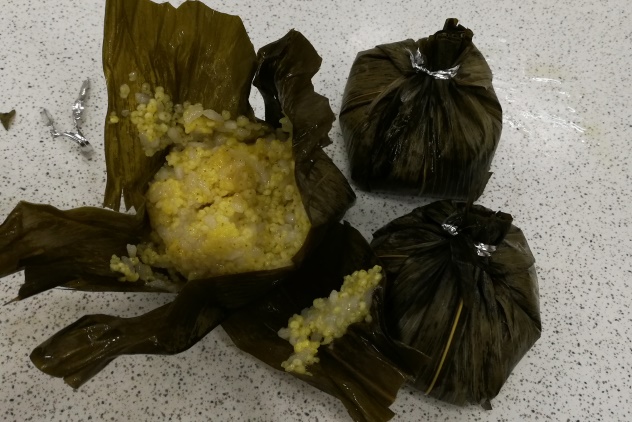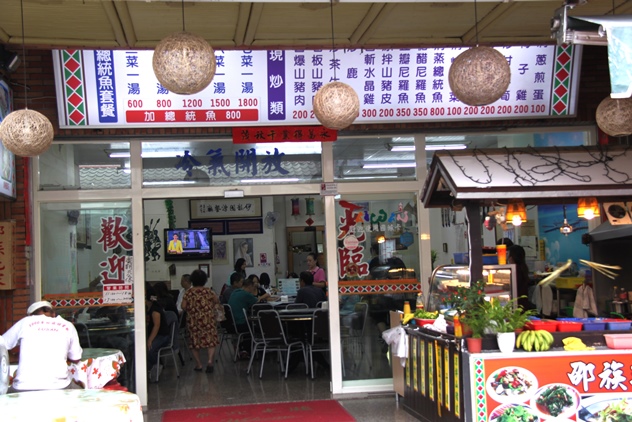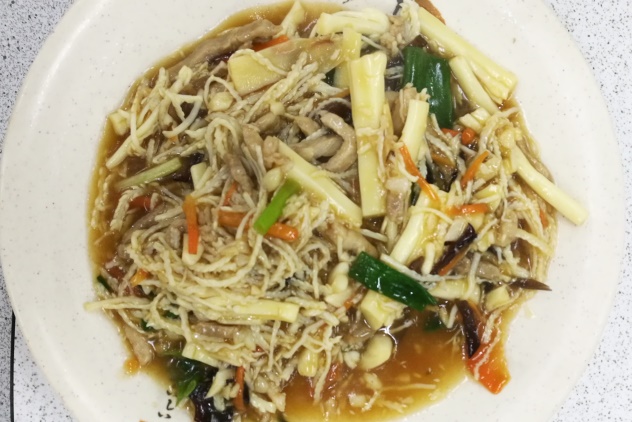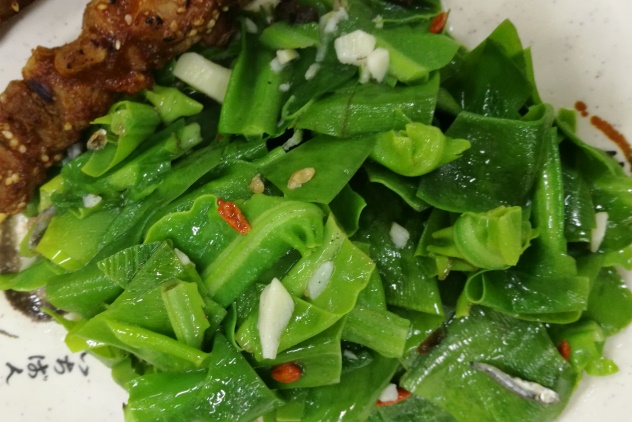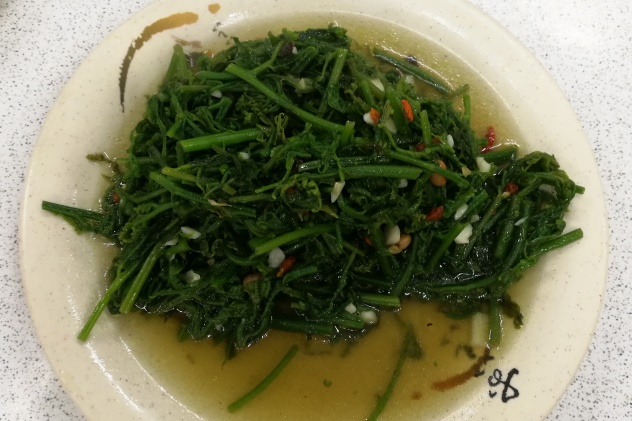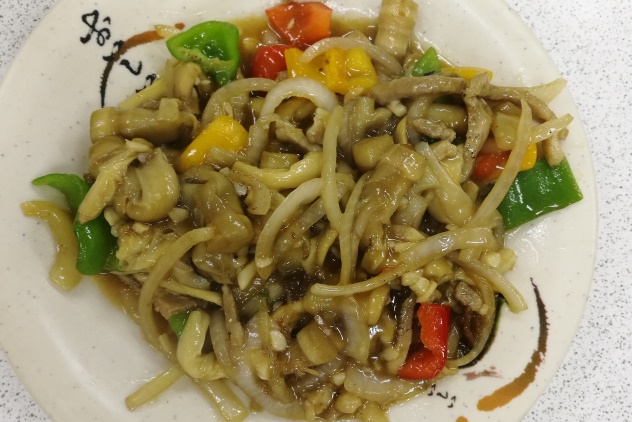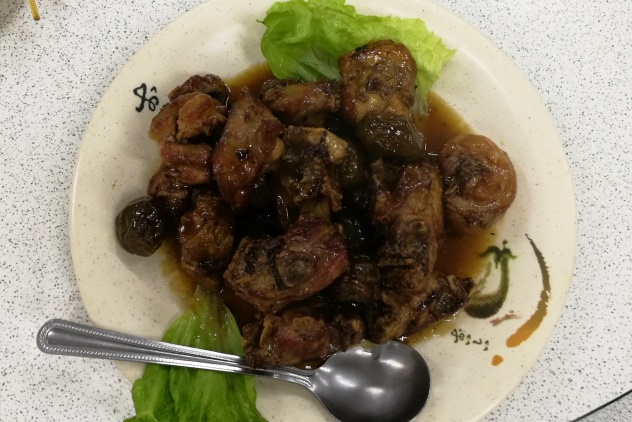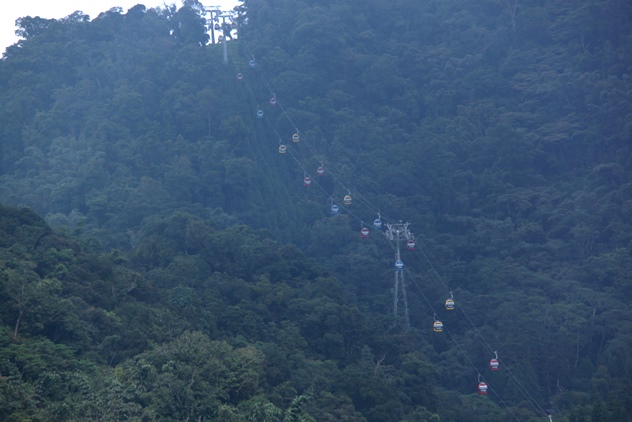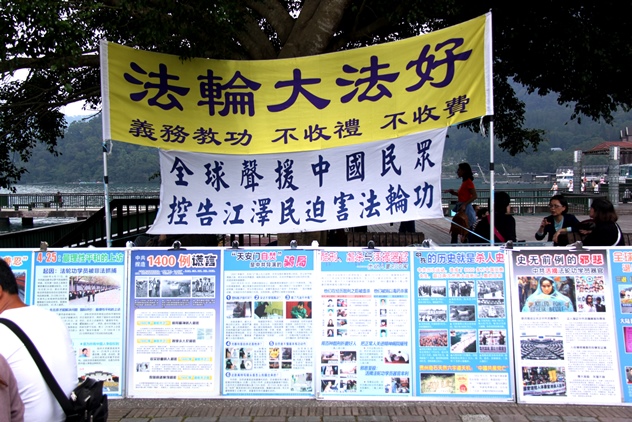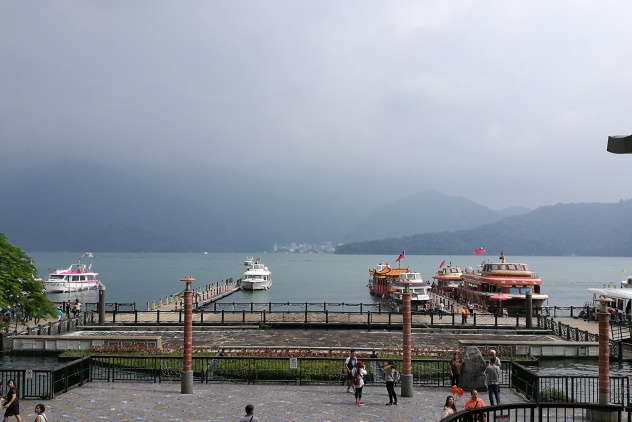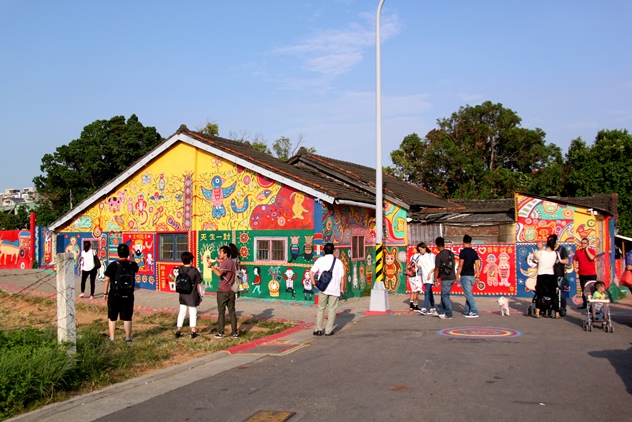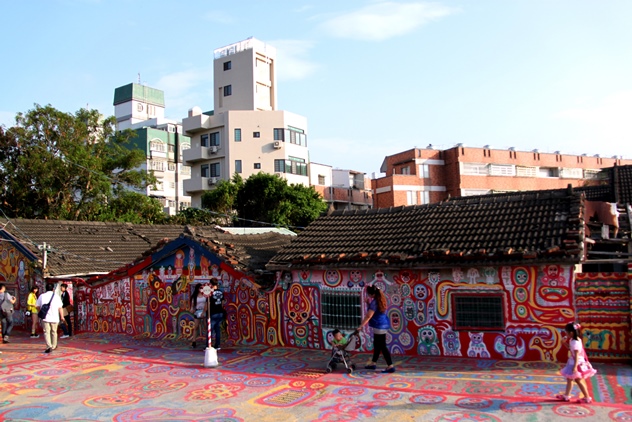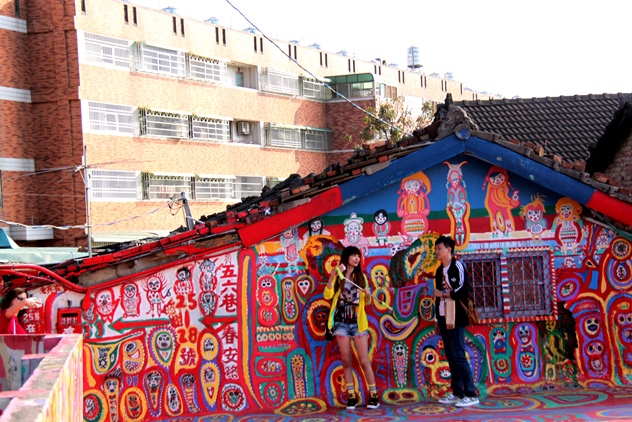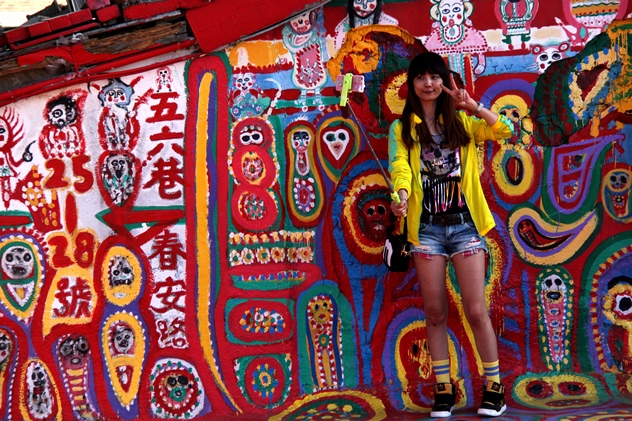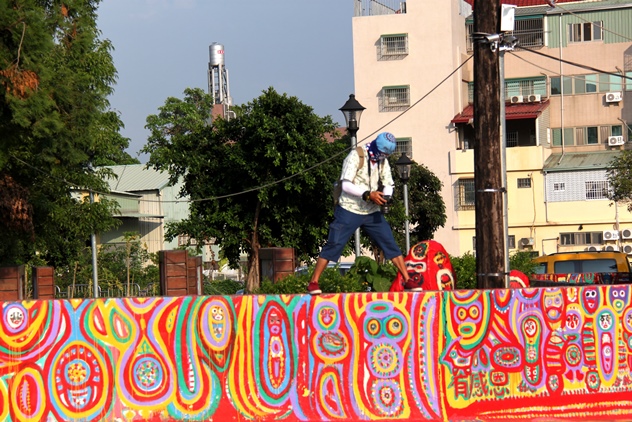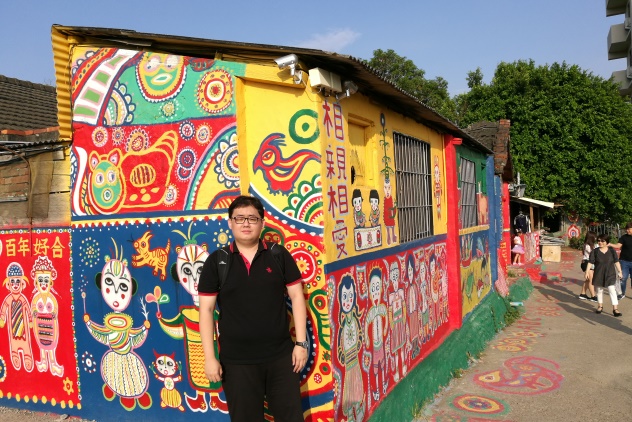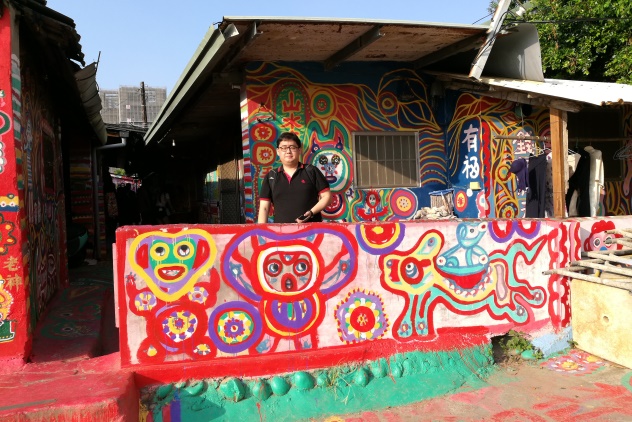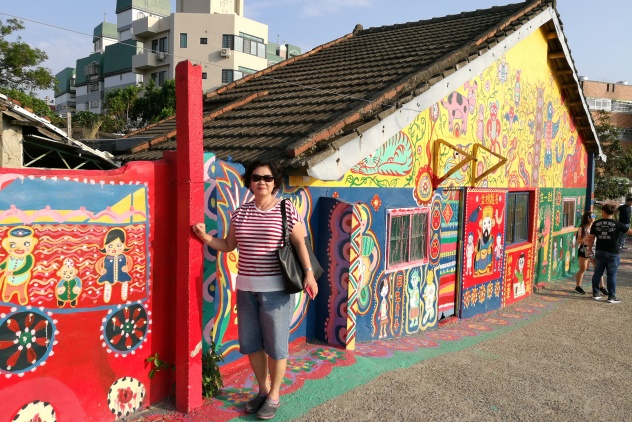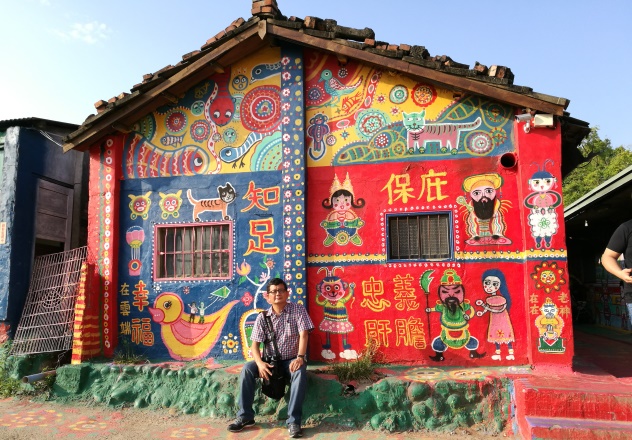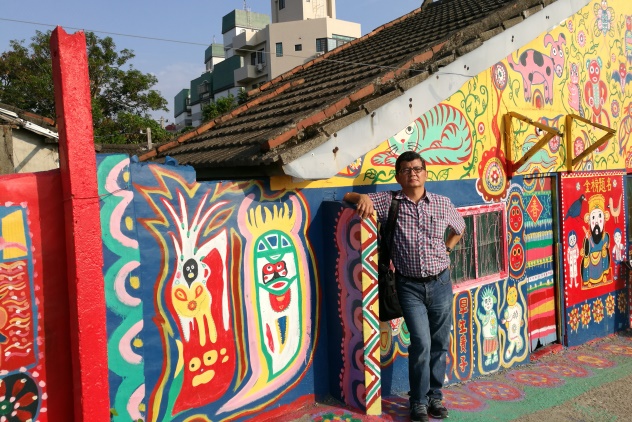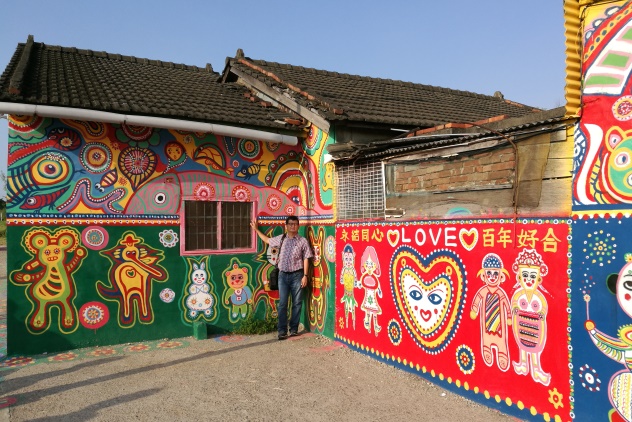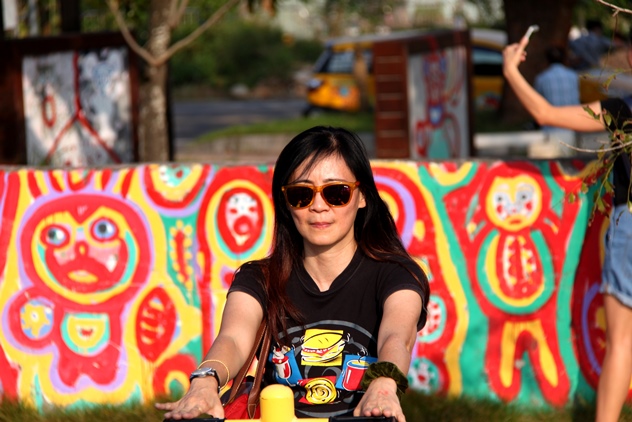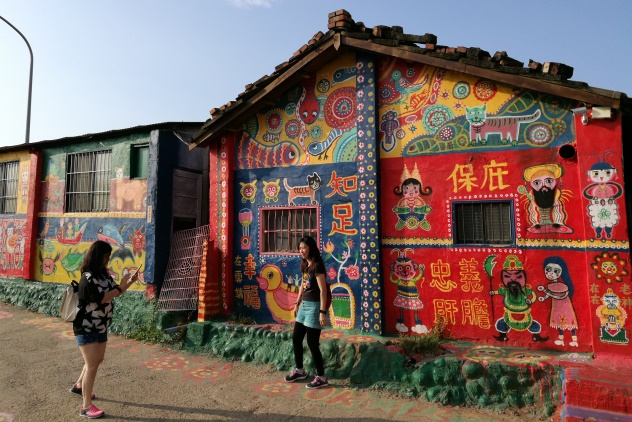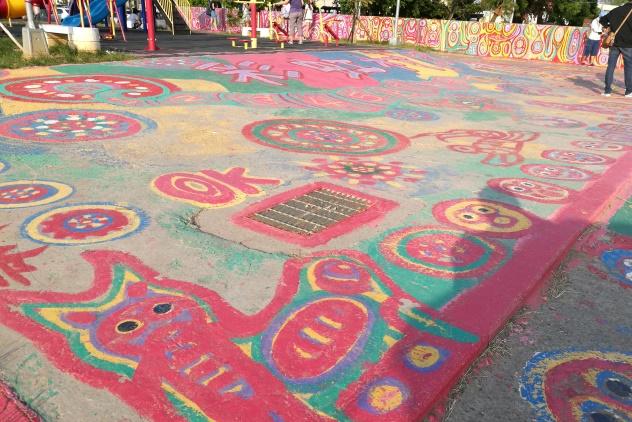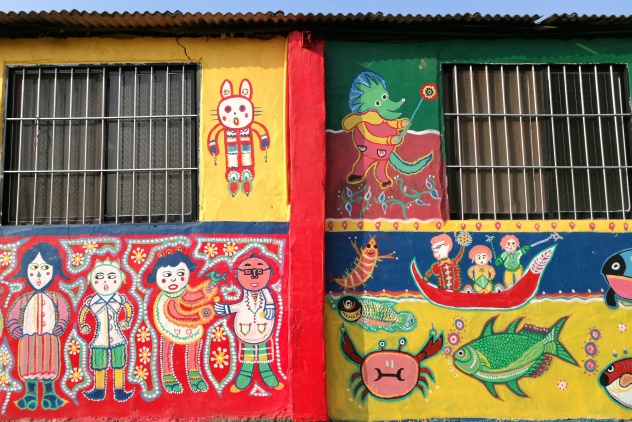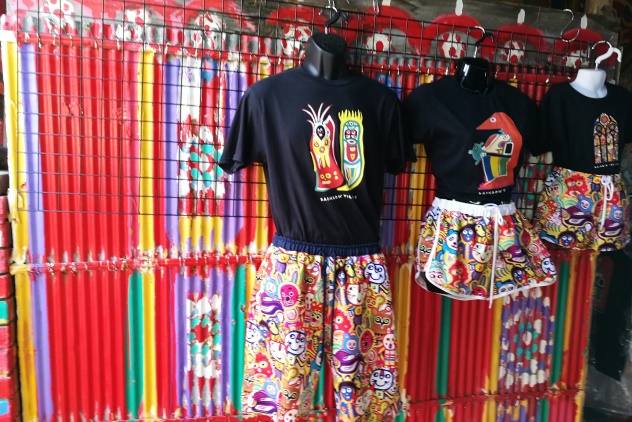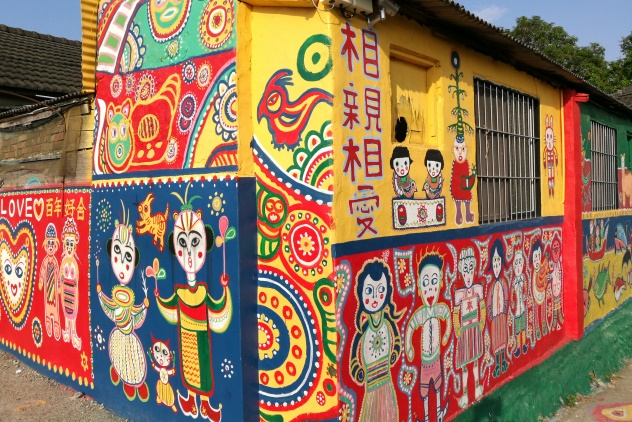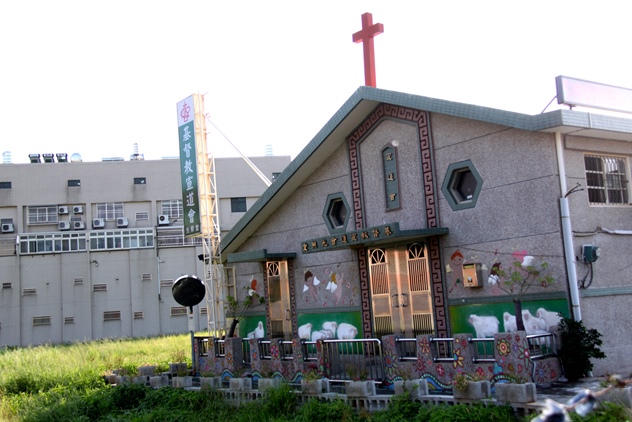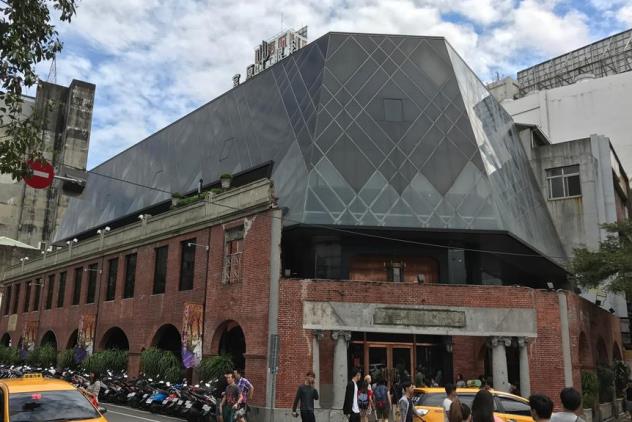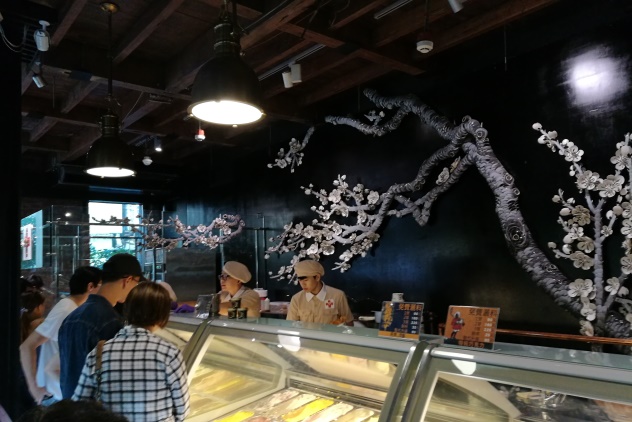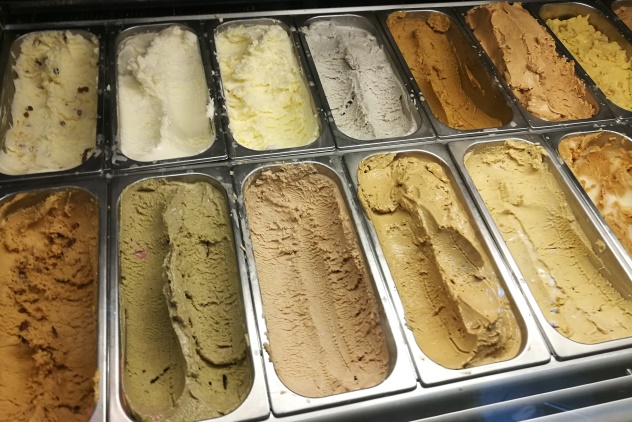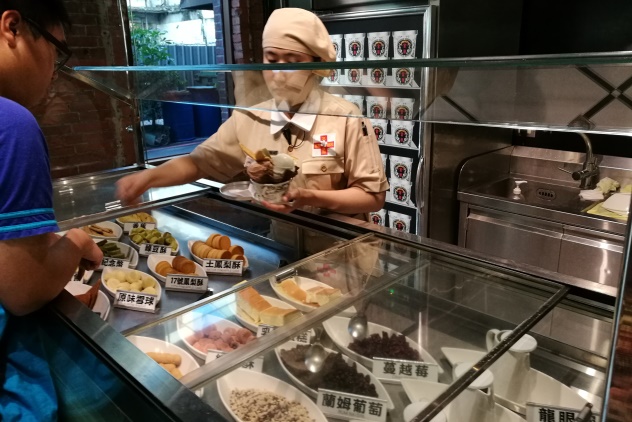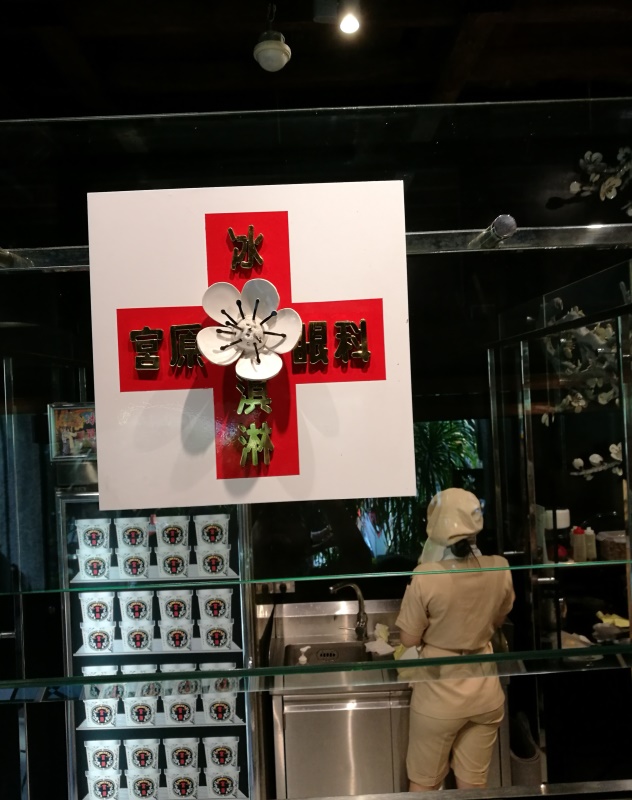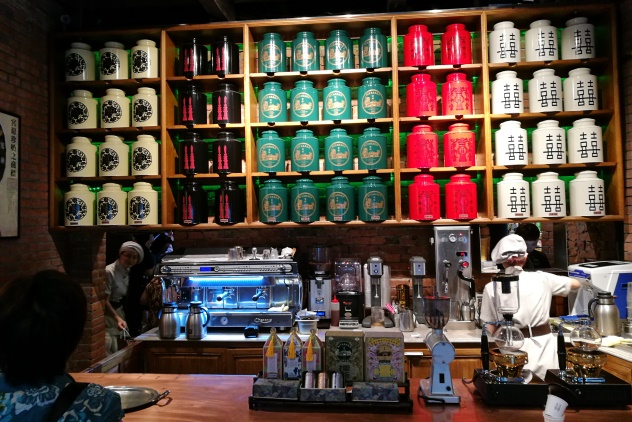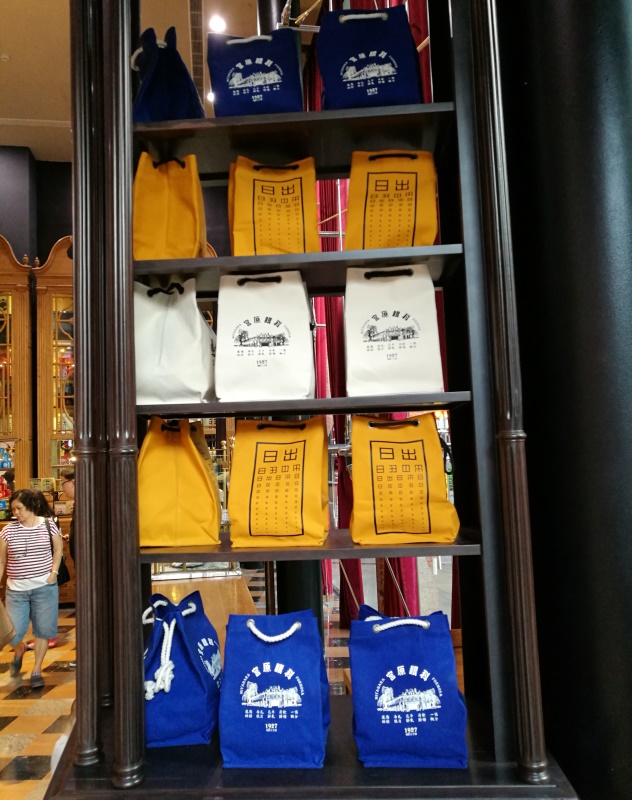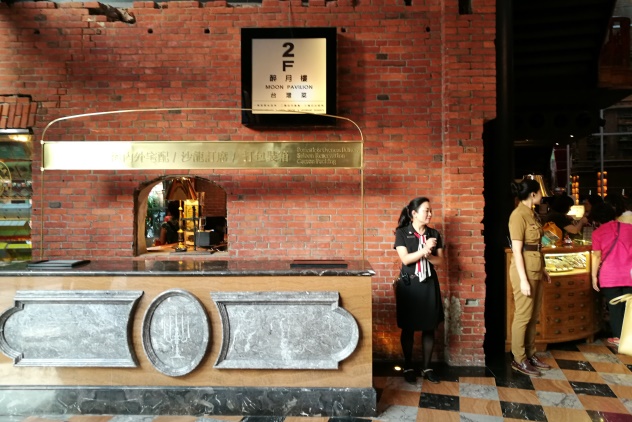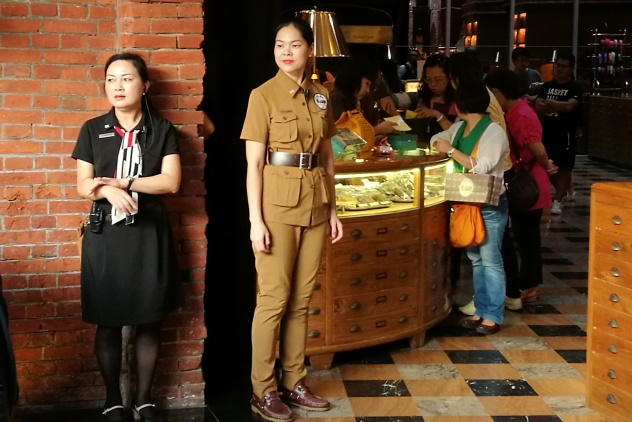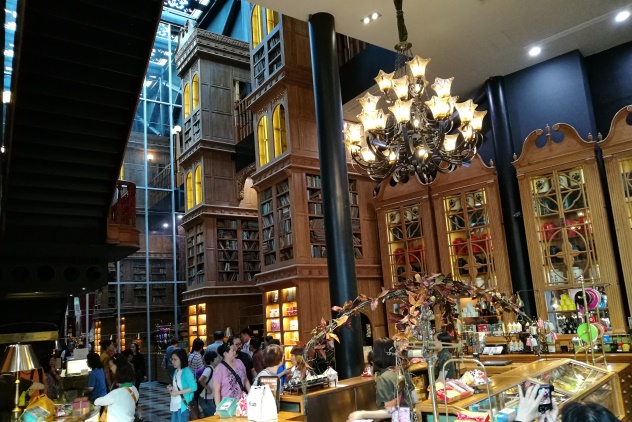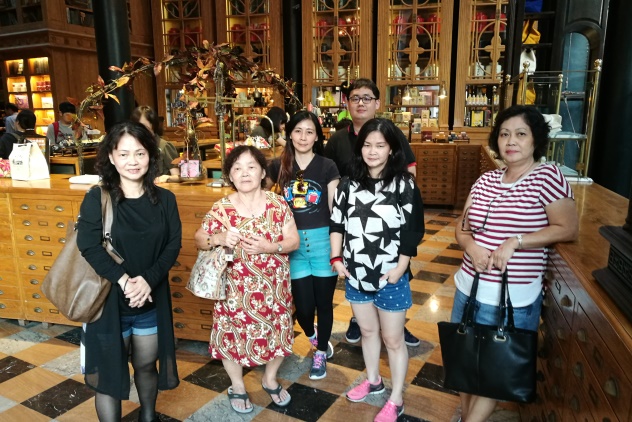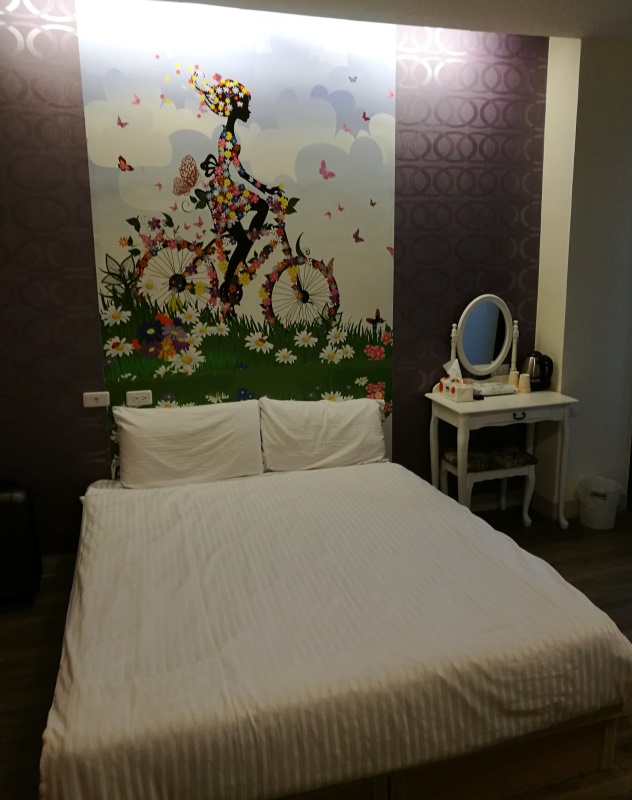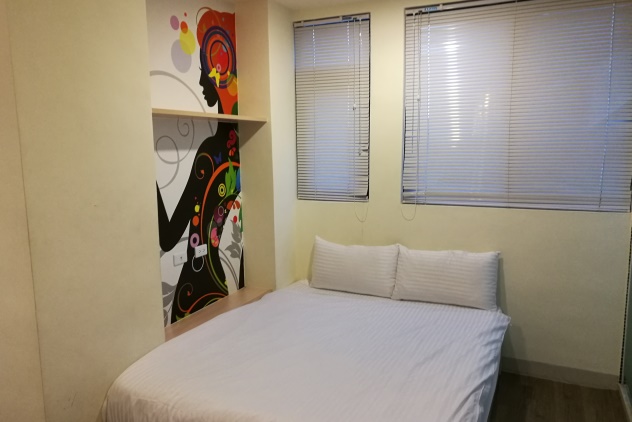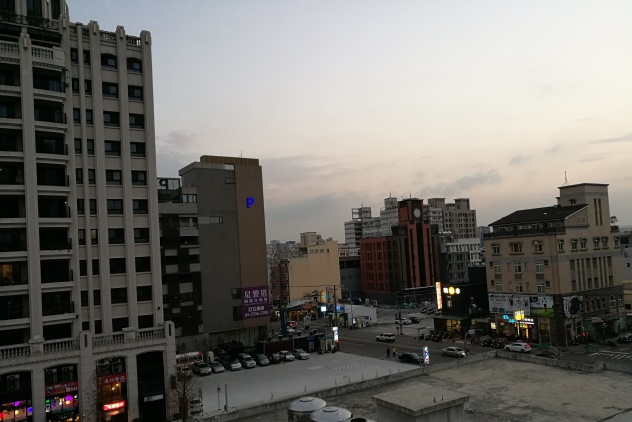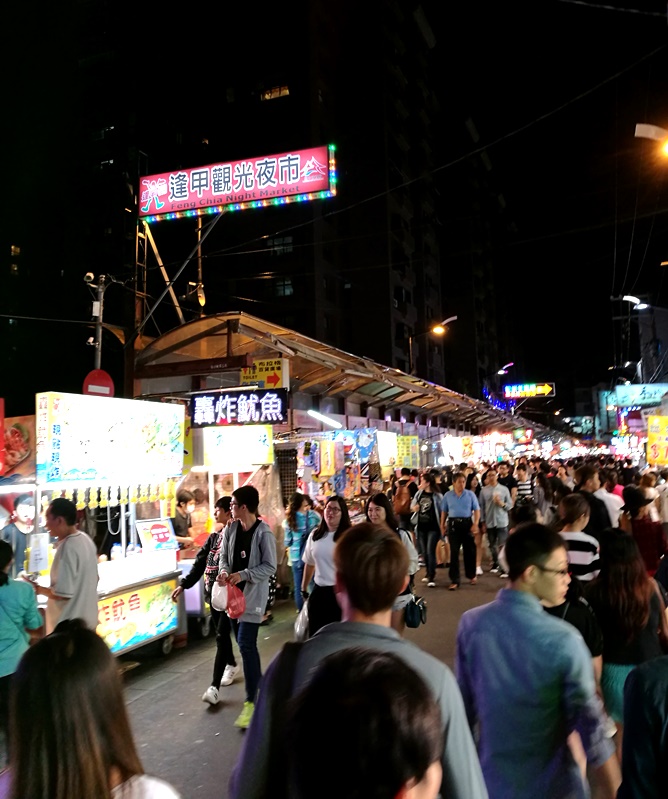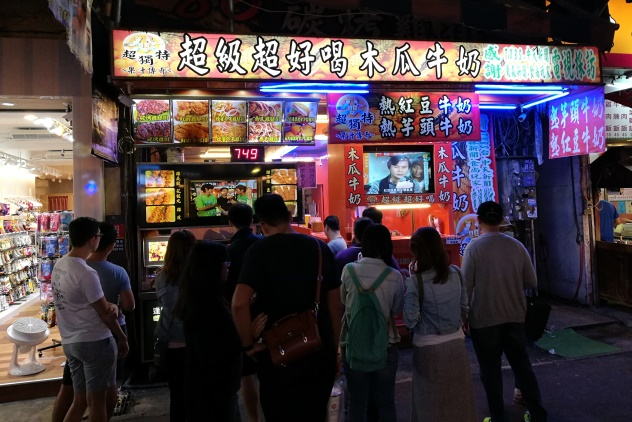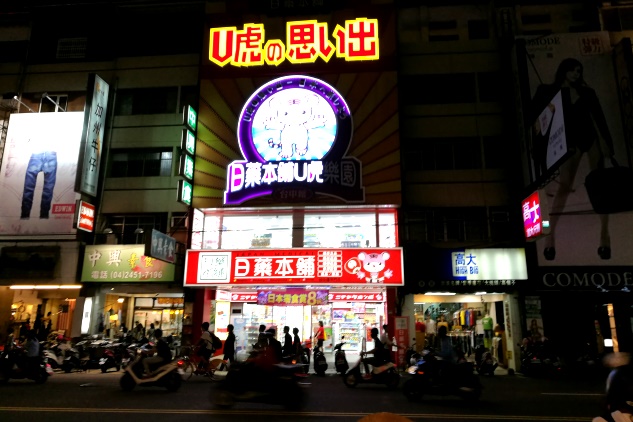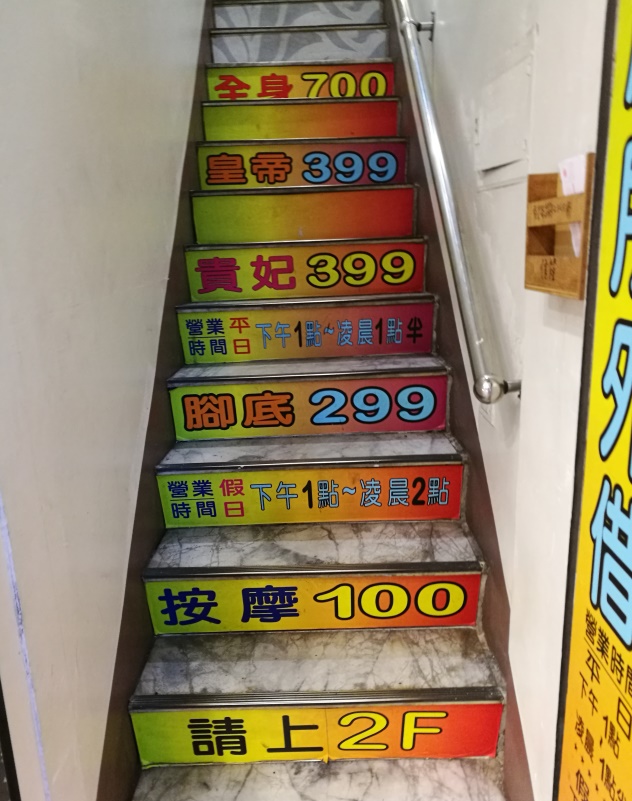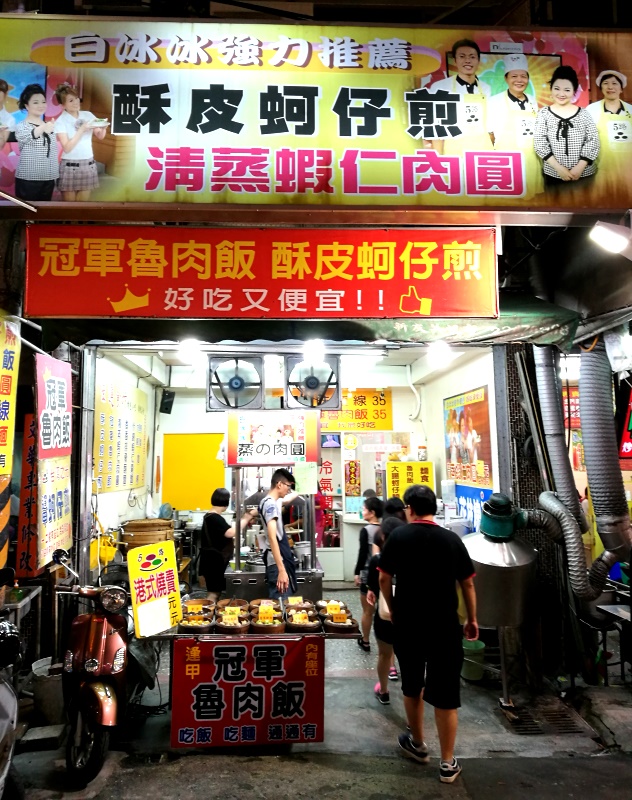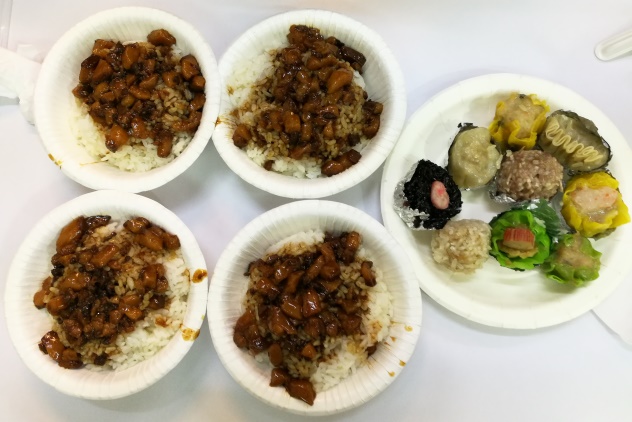13th October 2016
After waking up, I took a stroll in the vicinity of the minshu. I saw some beautiful flowers and some small strawberries in the compound of the minshu. The views of the minshu and the surroundings were lovely.
We were provided with complimentary breakfasts. There were quite a lot of choices but I just tried some of the items.
We had originally planned to visit Hehuanshan, Wuling (Wu Peak), Tarako National Park, Yanzikou (Swallow Grotto Trail), Bulowan, Changchun Shrine (Eternal Spring Shrine), Chishingtan Scenic Area and a couple other places in Hualien. But because there had been very bad weather in the past few days prior to our arrival in Taiwan, there were concerns that the roads in these areas might be a bit risky. So visits to these places were scrapped and we just asked Ah Mang Ker to bring us to places that may be worth visiting.
After checking out from the minshu, we were on our way for another day of sightseeing. Ah Mang Ker stopped at a fruit stall a short distance from the minshu to buy some pears for us to eat. I took the chance to take some photos of the area.
We then commenced our journey again. The pears that Ah Mang Ker bought for us were really nice and sweet. Sitting next to Ah Mang Ker in the front passenger seat, I had a great view of the scenery as Ah Mang Ker’s Volkswagon MPV zoomed past.
Ah Mang Ker made a short stop at a lakeside property belonging to Duli Farmers’ Association. The place looked so laidback and peaceful but there was not really much to see. We could see a big Goddess of Mercy statue but we did not walk there as we did not want to spend much time here. Honey bees are reared here and I ventured close to the bees to take a few photos. In the lake, there were ducks and geese.
Our next stop was at Puli Brewery. Puli is famous for its Shaoxing Wine 绍兴酒, one of the 10 famous liquors in Chinese history. Blessed with sweet and clean spring water, Puli Brewery is known for the excellent quality of Shaoxing Wine with bright yellow texture and unique fragrance. The wine is made from sticky rice, Penglai rice, and wheat. After fermenting the wine, it is stored in a chamber to mature until it’s ready to be enjoyed. A typical Shaoxing is a three-year ripe wine, but there are also five year, seven year, and even top-tier ten year or more wines.
The original brewery was severely damaged by the 921 Earthquake. But thanks to the government post-earthquake reconstruction efforts, Puli Brewery has been restored to its former glory.
The brewery consists of two floors – a marketplace on the ground floor selling an array of local food and drink products made from wine and a museum on the second floor. I understand that in the first floor museum, there are lots of exhibits that show the wine culture and the wine making process. Upon arrival, I was busy taking photos in the compounds that I did not even enter the brewery building.
Being non-drinkers, we only spent about half an hour or so at the brewery. Our next stop was King Garden. This is a castle-like building with lovely compounds. In the King Garden (元首館), we bought passion fruit jelly after trying out the free samples. There is a restaurant famous of mushroom hot pot but we did not visit it as we were still full.
The giant chess sets, statues of musicians, the chariots, the giant teddy bear and the giant panda offer great photo opportunities. But I am a bit mystified by the cut out figure with the body of Bruce Lee but with the face of Adolf Hitler. That could be offensive to some people.
As we did not have any actual destinations on our agenda due to the change of plan, my son Clarence in Singapore sent us a WhatsApp message suggesting that we should visit Sun Moon Lake. Crowned as one of the 13 national scenic areas in Taiwan, Sun Moon Lake is one of the renowned tourist destination in the country, attracting more than 6 million visitors each year.
Situated at an elevation of 760 metres in Nantou county, the Sun Moon Lake is the largest freshwater lake in Taiwan. Divided by the tiny island Lalu island (which sits in the middle of the lake), the eastern part of the lake is round like a sun while its western part is shaped like a crescent, giving rise to its name “Sun Moon Lake”.
We arrived at Shueishe (水社) , the main drop off point for all tourists visiting the Sun Moon Lake. The streets are lined with numerous hotels, restaurants, souvenir and bike rentals stores.
We wanted to buy tickets for the shuttle boat ride to Syuanguang and Itasho that were offered to us at NT300 each but Ah Mang Ker told us not to buy as he was able to get the tickets for us for only NT100 each. The ticket allowed us to hop on and off the boat as many times as we like
From the Shuishe Pier (水社码头), we boarded a shuttle boat to Syuanguang pier. During the ride, the crew explained to us the history of Sun Moon Lake and some of the landmarks.
In the middle of the lake, our boat passed by the tiny Lalu Island (拉魯島), a place of ancestral worship of the Thao aboriginal tribe. It is reserved for aboriginal religious practices and is off-limits for the public.
The island used to be much bigger with the Thao aboriginal tribe living on it. Its size shrunk considerably due to two events. The first was the construction of a dam in the 1930s, which resulted in a rapid rise in water level that submerged a large part of the island. Then in 1999, the 921 earthquake (also known as Jiji earthquake) sunk a majority of the island.
After a short ride, our boat docked at Syuanguang Pier (玄关码头).
We bought some Jin Men Grandma’s Tea Egg (金盆阿嫲香菇茶叶蛋), a must-try item at Syuanguang. The grandma has been selling tea eggs here for more than 50 years and on a average day, she can sell more than a thousand eggs. The eggs are flavoured with Assam tea leaves, mushroom and spices. I am not sure how the eggs taste like since I did not eat any. Those in our group who tried the eggs found them tasty. , the eggs were quite tasty and definitely worth a try.
A duo comprising of a Thao man and woman were singing belting out aboriginal and Chinese songs. I spent some time listening to their lively performance and taking several photos of them.
My son and I decided to climb the hundred over steep steps up the hill to Xuanguang Temple (玄光寺). Near the bottom of the steps were a car with Falun Gong posters and two Falun Gong practitioners deep in meditation.
Xuanguang Temple was built around 1955 to house what is claimed to be a sliver of Xuan Zang’s skull. Xuan Zang was a Buddhist monk sent to India by Tang Dynasty Emperor Taizong to learn about Buddhism and bring back scriptures. He decided to travel 25000 km to India on foot passing through deserts, mountains and river. He returned and brought back more than 650 sutras with him after seventeen years. With the help of his disciples, he translated 75 of these. His efforts made enormous contributions for the spread of Buddhism in China. His sojourn provided the inspiration for one of the greatest classical novels of Chinese literature – Journey to the West.
Xuan Zang’s bone sliver was in 1965 transferred to the much grander Xuanzang Temple built further up the hill. Behind the Xuanzang Temple is the famed 9-tiered Ci En Pagoda(慈恩塔)built by Chiang Kai Shek in memory of his mother in 1971. I am now filled with regrets for not forcing myself to climb further up the hill to visit the Xuan Zang and Ci En Pagoda.
From the Xuanguang Temple, we took in the beauty of Sun Moon Lake with its calm and turquoise water complemented by lush green mountains that surrounds the lake.
We used a gentler pathway to get down to the pier instead of using the steep steps that we had used earlier. On the way down, we saw three female Falun Gong practitioners deep in meditation.
After joining the rest of our group, we made our way down to the boarding area where we boarded the next available ferry to Ita Thao Pier (伊达邵码头).
Ita Thao, formerly known as Dehua Village (德化社), is the main settlement of the Thao people, one of the smallest of Taiwan’s indigenous groups. It is a vibrant and simple small town with hotels, eateries, souvenir stores and other tourist-oriented retail outlets lined neatly along the narrow streets. We enjoyed strolling down the streets. There were many delicious and interesting local delicacies for one to try. Stopping at a food stall, we bought some grilled wild boar meat and 3 small rice dumplings.
We settled for lunch at Yi Long Ge Wan Thao Tribe Specialty Restaurant (伊龍閣灣風味餐) where we ordered stir-fried betel nut flowers, stir-fried Shanshu Fern, stir-fried Guo Mao Fern (清炒过猫), , stir-fried assorted mushrooms with bamboo shoots and honey plum chicken. The dishes in general were disappointing.
I would have loved to visit the Formosan Aboriginal Culture Village (九族文化村) in Ita Thao but the rest of our group did not wish to use the pulse-lifting 1.8 km cable car at Sun Moon Lake Ropeway (日月潭纜車). Formosan Aboriginal Culture Village is a much-praised theme park with amusement rides, a European Garden area and an Aboriginal Village section that celebrates Taiwan’s indigenous peoples with scores of first-rate architectural replicas, song-and-dance shows, and traditional-culture demos.
After lunch, we headed back to the Ita Thao pier to catch the next boat back to Shuishe Pier where Ah Mang Ker was waiting for us. Again we saw more Falun Gong practitioners near the Ita Thao pier.
Rainbow Village was our next stop. We were hoping to meet Huang Yung-Fu affectionately known as Rainbow Grandpa (彩虹爺爺) but unfortunately he was not around.
Rainbow Village is an old military village made up of houses built in the late 1940s-1950s that were used as housing for Nationalist soldiers but were later converted into permanent housing. When the Taichung local government announced that they wanted to demolish the place, Rainbow Grandpa was having none of that. He immediately grabbed some brightly hued paints and a brush, and set to work. He decided to try to save the village in his own way, painting all the houses in bright paint with whimsical and aboriginal artwork. The government decided to shelve their demolition plan, thus preserving the whimsical little world that this passionate old man brought to life.
The village provides lots of photo opportunities and we were trigger happy with our cameras and smart phones.
After leaving Rainbow Village, we headed our way to Miyahara (Gong Yuan Yan Ke) that was suggested to us by my son Clarence in his WhatsApp message.
Miyahara 宮原眼科 is one of the coolest places in Taichung. The interior of the building has been compared to Hogwarts Castle in the Harry Potter. The name Miyahara Ophthalmology Clinic 宮原眼科 may be confusing. The building used to be an ophthalmology clinic previously owned by a Japanese ophthalmologist named Miyahara during the Japanese occupation of Taiwan.
Miyaharu is opened by Dawncake – an established store in Taichung that sells ice creams and pineapple tarts and other pastries – and it has become so popular that it is listed on most travel guides to Taichung. I admit that the interior of the building is astonishingly nice.
It was time to check in at Eiffel Tower Hostel. We arrived at the Eiffel Tower Hostel that we stayed during our first night in Taiwan only to find that that hostel was full and they allocated us rooms at another Eiffel Tower Hostel a couple of minutes’ walk away.
After a short rest, we headed our way to Fengjia Night Market for dinner. After shopping in the night market for a while, we went to Champion’s Lu Lou Fan for our dinner. We ordered some braised pork rice and dim-sum. The braised pork was almost solely pork fat which I hated. And the dim sum was lousy. It was a most disappointing dinner!
It is time for goodnight!
 CY@CY Says Welcome to my dreamscape. Where a Lim is also a Ling.
CY@CY Says Welcome to my dreamscape. Where a Lim is also a Ling.
